Oct. 30, 2024
Prelims Pointers
Oct. 30, 2024
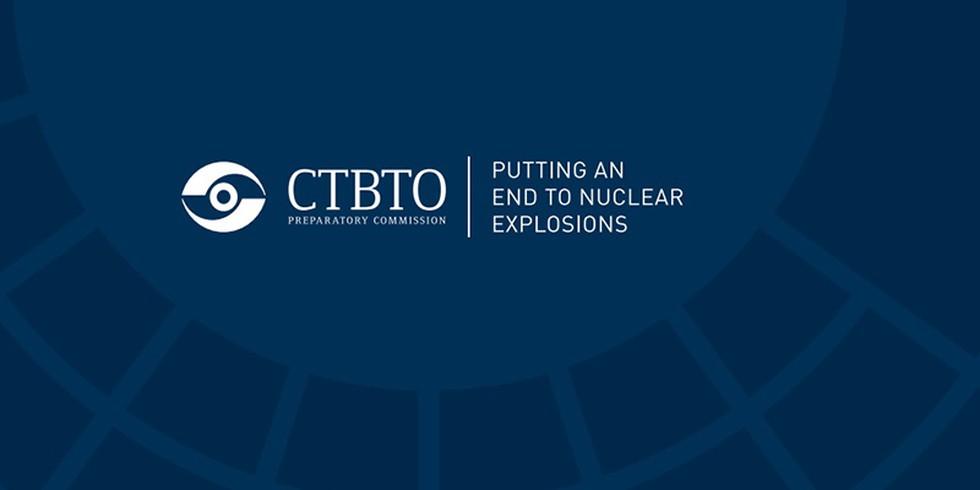
About Comprehensive Nuclear-Test-Ban Treaty Organization (CTBTO):
- It is an international organization based in Vienna, Austria, established to implement the Comprehensive Nuclear Test-Ban Treaty (CTBT), which aims to ban all nuclear explosions worldwide.
- CTBT is a multilateral treaty opened for signature in 1996 by which states agree to ban all nuclear explosions in all environments, for military or civilian purposes.
- The treaty envisages the mechanisms that control such prohibition, including distant monitoring and data collection.
- It was signed by 183 states and ratified by 164 but has not entered into force as eight specific states among 44 (so-called Annex-2 states whose signatures are required for the Treaty to enter into force, namely the US, China, Iran, Egypt, Israel, India, Pakistan, and North Korea) have not ratified the treaty yet.
- In order to verify compliance with its provisions, the treaty establishes a global network of monitoring facilities and allows for on-site inspections of suspicious events.
Prelims Pointers
Oct. 30, 2024

About Civil Registration System (CRS) Mobile App:
- It is designed to facilitate the registration of births and deaths across India.
- It was developed by the Registrar General and Census Commissioner of India.
- It aims to simplify and expedite the registration process for citizens, making it more accessible and efficient.
- The new app will allow citizens to register births or deaths at any time from any place in their state's official language.
Key Facts about Registrar General and Census Commissioner of India (RGCCI):
- It is an office under the Ministry of Home Affairs, Government of India, responsible for conducting the decennial Census of India, compiling demographic and population statistics, and overseeing the Civil Registration System (CRS) in the country.
- Established in 1961, the RGCCI is a crucial body for policy-making, providing data that informs social, economic, and political decisions at all levels of government.
- The Registrar General of India is the head of the Office of the Registrar General and Census Commissioner.
Prelims Pointers
Oct. 30, 2024
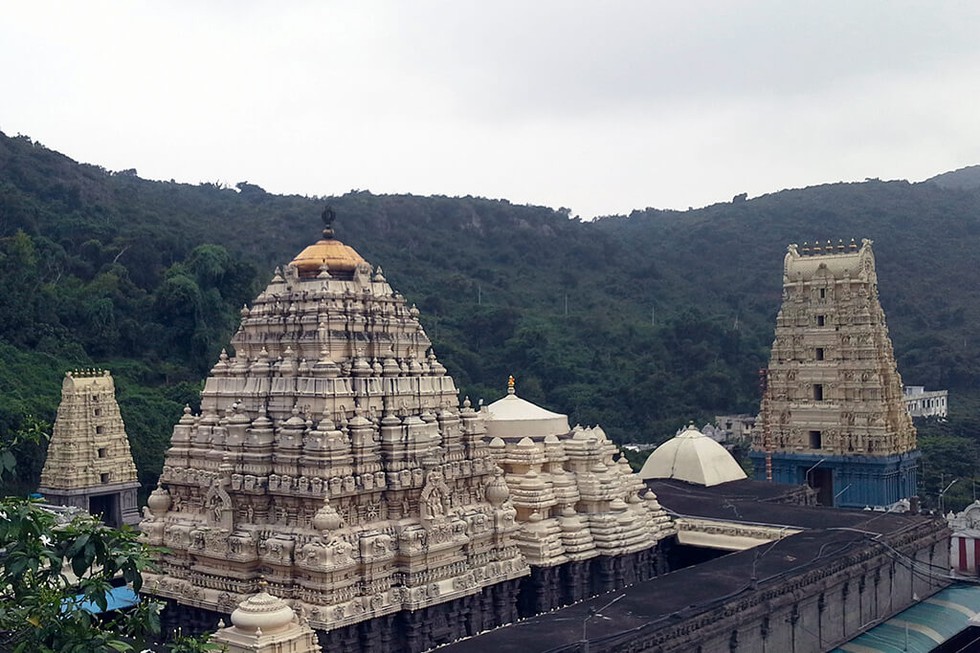
About Simhachalam Temple:
- Simhachalam Temple, originally known as Varaha Lakshmi Narasimha Temple, is a Hindu temple located in Visakhapatnam, Andhra Pradesh.
- It is dedicated to the incarnation (avatar) of Vishnu known as Narasimha
(the man-lion). - History:
- It was constructed in the 11th century by the Gajapati rulers of Odisha.
- Kulottunga Chola I of Tamilnadu, made endowments to this temple, as evidenced from inscriptions dating back to the year 1087.
- The Vengi Chalukyas of Andhra Pradesh renovated the original shrine in the 11th century.
- Much of the structure as it stands today is the result of renovation by Narasimha I, of the Eastern Ganga dynasty in the second quarter of the 13th century CE.
- Krishna Deva Raya, the Vijayanagar monarch, visited this temple in the year 1516, as seen from inscriptions here.
- Architecture:
-
- The temple’s architecture is a blend of Kalinga and Dravidian styles, with its main sanctum adorned with intricate carvings and sculptures.
- The presiding deity, Lord Narasimha, is depicted with a human torso and a lion’s face, exuding a sense of divine power and grace.
- It boasts of a beautiful stone chariot drawn by horses.
- The Kalyana Mandapa within the temple has 16 pillars with bas reliefs depicting the incarnations of Vishnu.
- The outer walls of the sanctum depict images of a royal personality (said to be King Narasimha) in various postures.
Prelims Pointers
Oct. 30, 2024
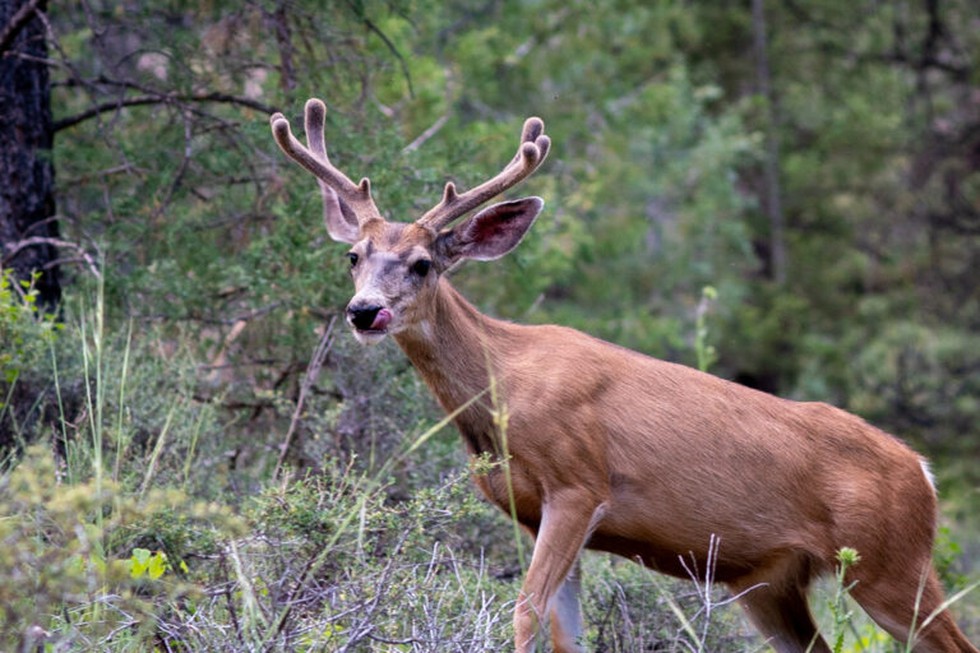
About Chronic Wasting Disease (CWD):
- It is a progressive and fatal neurological disease affecting deer, elk, moose, and other cervids (members of the deer family).
- It's caused by abnormal proteins called prions that damage brain tissue, leading to severe neurological symptoms, weight loss, and eventually death.
- CWD is part of a group of diseases known as Transmissible Spongiform Encephalopathies (TSEs), which also include mad cow disease in cattle and Creutzfeldt-Jakob disease in humans.
- Transmission:
- CWD spreads between animals through bodily fluids, like saliva, urine, and feces, as well as contaminated soil and plants.
- There is currently no evidence that CWD can infect humans.
- The disease can persist in the environment for long periods, making it challenging to control.
- Symptoms:
- Symptoms appear slowly and may include drastic weight loss, lack of coordination, drooling, excessive thirst, lack of fear of humans, and eventually death.
- Symptoms might not be visible for up to 16 months after infection.
- Treatment: It is always fatal in infected animals. There is no vaccine or treatment.
Prelims Pointers
Oct. 30, 2024
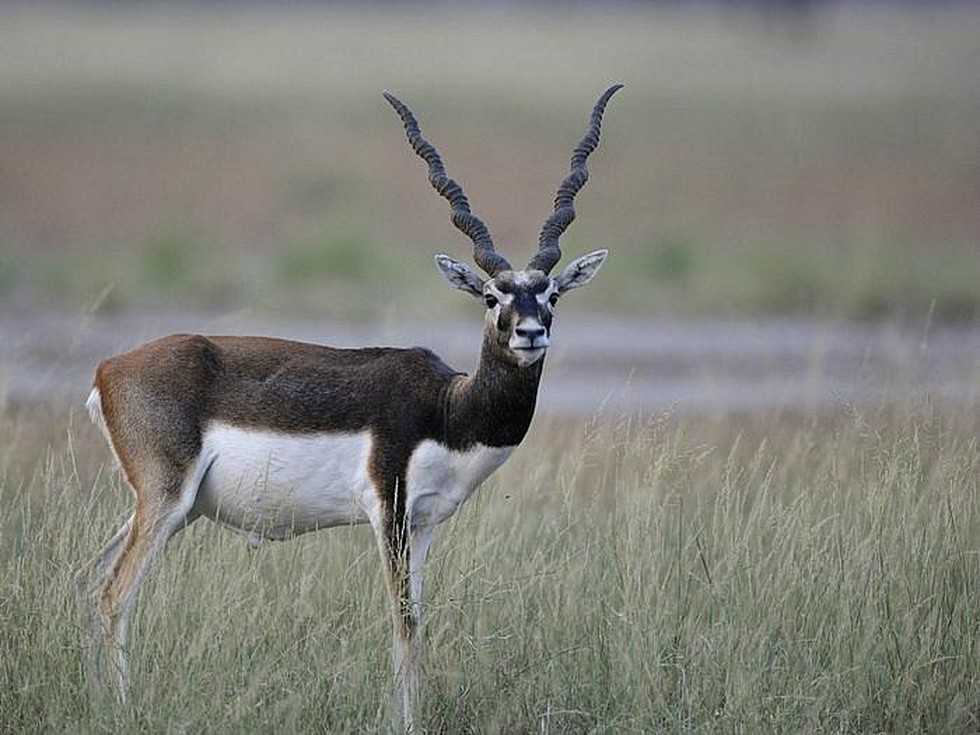
About Pranahita Wildlife Sanctuary:
- Location: It is located in the Adilabad district of Telangana.
- It covers an area of around 136 sq.km.
- It is located in the scenic landscape of the Deccan plateau. It covers the thick deciduous teak forests.
- Pranahita River flows adjoining the eastern boundary of the sanctuary while Godavari River runs towards the southern boundary of this sanctuary, which is also renowned for the presence of prehistoric rock formations.
- The topography is hilly with dense forests and plateaus.
- Flora: Common plants and trees found in the sanctuary include Dalbergia sissoo, Ficus spp., Dalbergia latifolia, Dalbergia paniculata, Pterocarpus marsupium, and many more.
- Fauna:
- The sanctuary is famously known for Blackbuck and is home to over 20 species of reptiles, 50 species of birds, and 40 species of mammals.
- It is home to various types of species, especially mammals that include tigers, leopards, rhesus, langurs, hyenas, wild dogs, sloth bear, forest cat and many more.
Prelims Pointers
Oct. 30, 2024
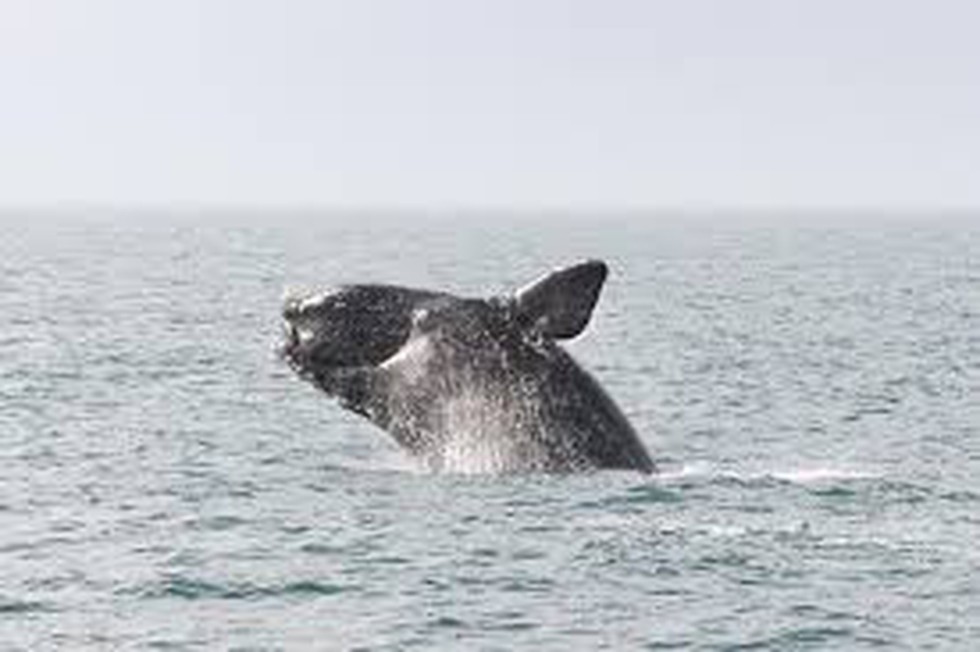
About North Atlantic right whale:
- These whales are migratory animals, spending the winter in warmer waters and migrating to the poles for cooler waters in late summer.
- These whales inhabit the temperate and subpolar waters of the North Atlantic and North Pacific oceans.
- Habitat: Depending on the time of year and which hemisphere they're found, right whales will spend much of their time near bays and peninsulas and in shallow, coastal waters.
- Distribution: These are generally restricted to the coastal waters of the East coast of the United States and Canada.
- There are three recognized species of right whales that occur in different parts of the world. These are Southern right whales (Eubalaena australis), North Atlantic right whales (Eubalaena glacialis) and North Pacific right whales.
- These whales often skim feed at or just below the water surface, slowly swimming through clouds of plankton with their mouths half open and then straining the plankton through their long baleen plates.
- Conservation status
- IUCN: Critically endangered
- CITES: Appendix I
Prelims Pointers
Oct. 30, 2024
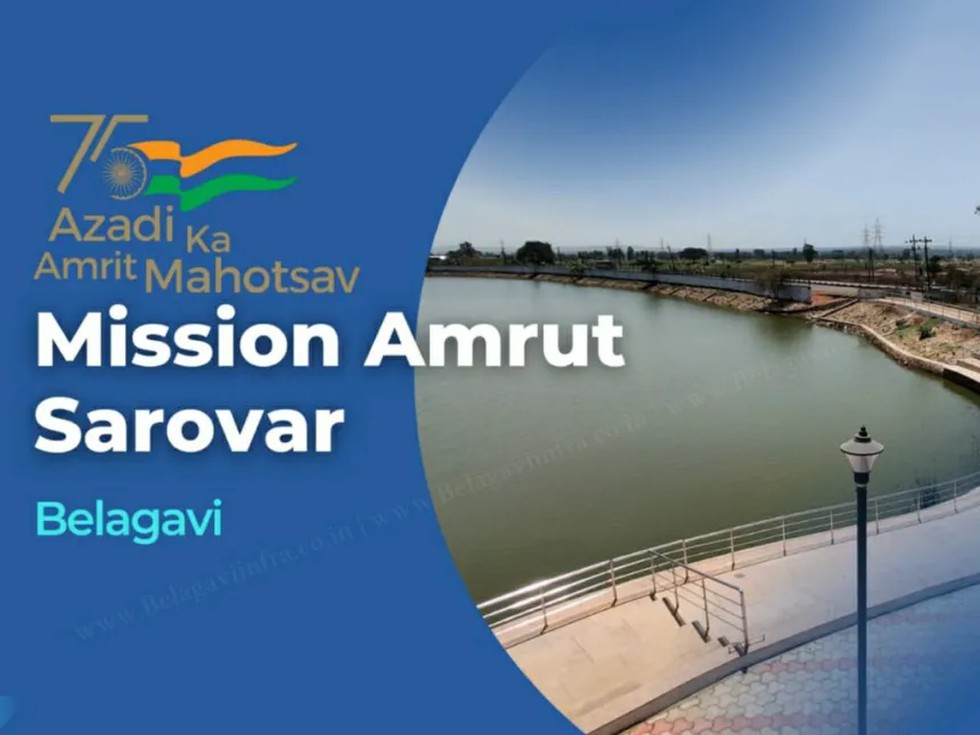
About Mission Amrit Sarovar:
- It was launched on 24th April, 2022with the resolve to build 75 Amrit Sarovars during the 75th year of independence as a part of Azadi ka Amrit Mahotsav.
- It helps to overcome the water crisis in rural areas of the country.
- Every Amrit Sarovar will have a pondage area of at least 1 acre with a water holding capacity of about 10,000 cubic metre.
- It focuses on water conservation, people’s participation and proper utilization of soil excavated from the water bodies to boost infrastructure projects.
- This Mission has been launched with a whole of Government Approach which involves 6 Ministries/Department namely:
- Dept of Rural Development, Department of land resources, Department of Drinking Water and Sanitation, Department of Water resources, Ministry of Panchayati Raj, Ministry of Forest, Environment and Climate changes.
- There is no separate financial allocation for Mission Amrit Sarovar.
- Bhaskaracharya National Institute for Space Application and Geo-informatics (BISAG-N) has been engaged as Technical partner for the Mission.
Prelims Pointers
Oct. 30, 2024

About Mission for Integrated Development of Horticulture:
- It is a Central Sponsored Scheme (CSS) being implemented w.e.f. 2014-15 for holistic growth of the horticulture sector.
- It promotes the cultivation of fruits, vegetables, root and tuber crops, mushrooms, spices, flowers, aromatic plants, coconut, cashew, cocoa and bamboo.
- MIDH also provides technical advice and administrative support to State Governments/ State Horticulture Missions (SHMs) for the Saffron Mission and other horticulture related activities Rashtriya Krishi Vikas Yojana (RKVY)/NMSA.
- Funding:
- Under MIDH, Government of India (GOI) contributes 60% of total outlay for developmental programmes in all the states except states in North East and Himalayas, 40% share is contributed by State Governments.
- In the case of North Eastern States and Himalayan States, GOI contributes 90%.
- In the case of National Horticulture Board (NHB), Coconut Development Board (CDB), Central Institute for Horticulture (CIH), Nagaland and the National Level Agencies (NLA), GOI contributes 100%.
- Key Components
- National Horticulture Mission (NHM) - Focuses on the development of horticulture in states and union territories.
- Horticulture Mission for North East and Himalayan States (HMNEH) - Addresses the specific needs of the northeastern and Himalayan regions.
- National Bamboo Mission (NBM) - Dedicated to promoting bamboo cultivation and its value chain.
- Coconut Development Board (CDB) - Works on the development of the coconut sector.
- Central Institute of Horticulture (CIH): It was established at Medizipehima, Nagaland in 2006-07 for providing technical backstopping through capacity building and training of farmers and Field functionaries in the North Eastern Region.
Prelims Pointers
Oct. 30, 2024

About Greenhouse Gas Bulletin:
- It has been published annually since 2004 by the World Meteorological Organization.
- It shows globally averaged surface mole fractions for Carbon Dioxide (CO2), Methane (CH4) and Nitrous Oxide (N2O) and compares them with the mole fractions during the previous year and with preindustrial levels.
- It also provides insights into the change in radiative forcing by long-lived GHGs (LLGHGs) and the contribution of individual gases to this increase.
- It is one of WMO’s flagship publications released to inform the UN Climate Change conference (COP).
Highlights of the Bulletin
- The globally averaged surface concentration of Carbon Dioxide reached 420 parts per million (ppm), Methane 1934 parts per billion and Nitrous Oxide9 parts per billion (ppb) in 2023.
- Carbon Dioxide is the single most important greenhouse gas in the atmosphere related to human activities, accounting for approximately 64 percent of the warming effect on the climate, mainly because of fossil fuel combustion and cement production,
- The long-term carbon dioxide increase is due to fossil fuel combustion, but there are year-to-year variations due to the El Nino–Southern Oscillation, which impacts photosynthetic carbon dioxide uptake, respiratory release, and fires.
- Methane is a powerful greenhouse gas which remains in the atmosphere for about a decade. Methane accounts for about 16 percent of the warming effect of long-lived greenhouse gases.
- Nitrous oxide, an ozone depleting chemical, accounts for about 6 per cent of the radiative forcing – the warming effect on the climate -- by long-lived greenhouse gases.
- From 1990 to 2023, radiative forcing — the warming effect on our climate — by long-lived greenhouse gases increased by 51.5%, with CO2 accounting for about 81 per cent of this increase.
Prelims Pointers
Oct. 30, 2024
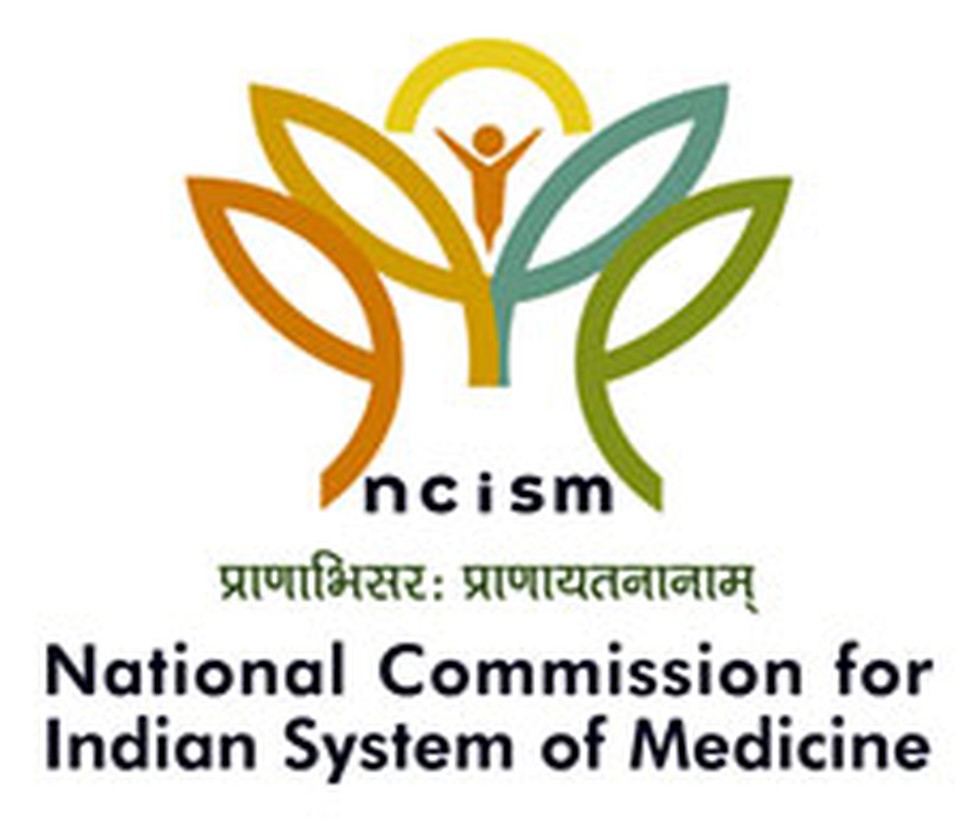
About National Commission for Indian System of Medicine:
- It is the statutory body constituted under NCISM Act, 2020. It replaced the erstwhile regulator Central Council for Indian Medicine (CCIM) to ensure transparency.
- The Act aims to provide for a medical education system that improves access to quality and affordable medical education, ensures availability of adequate and high quality medical professionals of Indian System of Medicine in all parts of the country.
- Composition:It consists of 29 members, appointed by the Central Government. A Search Committee will recommend names to the Central Government for the post of Chairperson, part time members, and presidents of the four autonomous boards set up under the NCISM.
- Functions
- Framing policies for regulating medical institutions and medical professionals of Indian System of Medicine
- Assessing the requirements of healthcare related human resources and infrastructure.
- Ensuring compliance by the State Medical Councils of Indian System of Medicine of the regulations made under the Bill
- Ensuring coordination among the autonomous boards.
Oct. 29, 2024
Prelims Pointers
Oct. 29, 2024
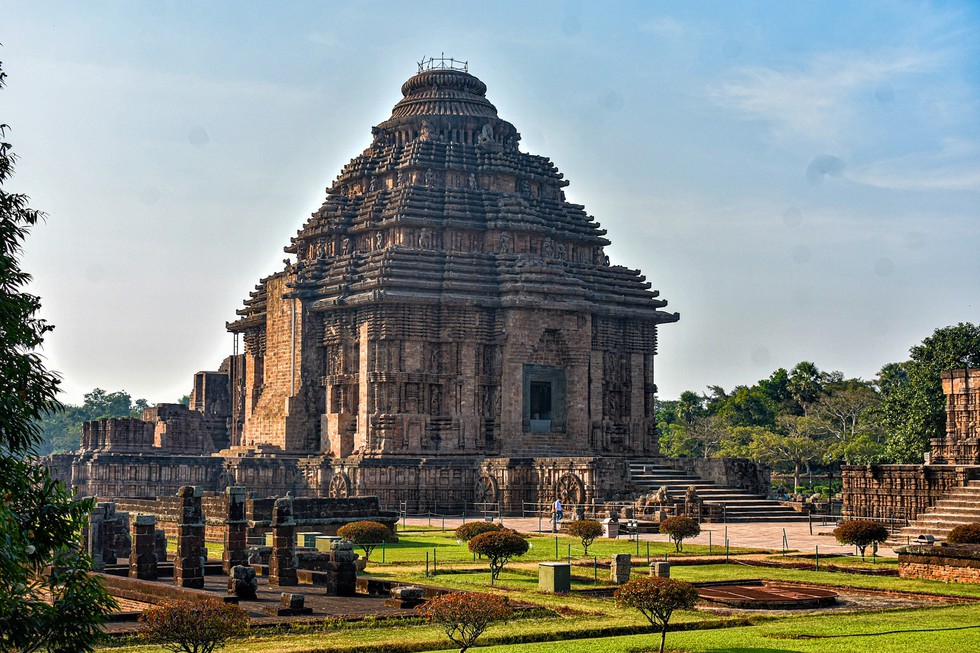
About Konark Sun Temple:
- Location: It is located on the coastline of Odisha in Puri district.
- Also called the Surya Devalaya, the temple is dedicated to the Hindu god Surya.
- Textual evidence indicates that Narasimha I (who reigned between 1238 and 1264) of the Eastern Ganga dynasty built the temple in 1250.
- It was designated a UNESCO World Heritage Site in 1984.
- Features:
- It is a classic example of the Odisha style of architecture or Kalinga architecture.
- The temple complex has the appearance of a 100-foot-high solar chariot, with 24 wheels and pulled by six horses, all carved from stone.
- It is oriented towards the east so that the first rays of the sunrise strike the main entrance.
- The wheels of the temple are sundials, which can be used to calculate time accurately to a minute.
- Around the base of the temple, there are images of animals, foliage, warriors on horses, and other interesting structures.
- The temple also features elaborate stone carvings depicting scenes from Hindu mythology.
- The temple, built from Khondalite rocks, is also known as 'BLACK PAGODA' due to its dark colour.
- The temple remains a site of contemporary worship for Hindus, during the annual Chandrabhaga Festival, around the month of February.
Prelims Pointers
Oct. 29, 2024
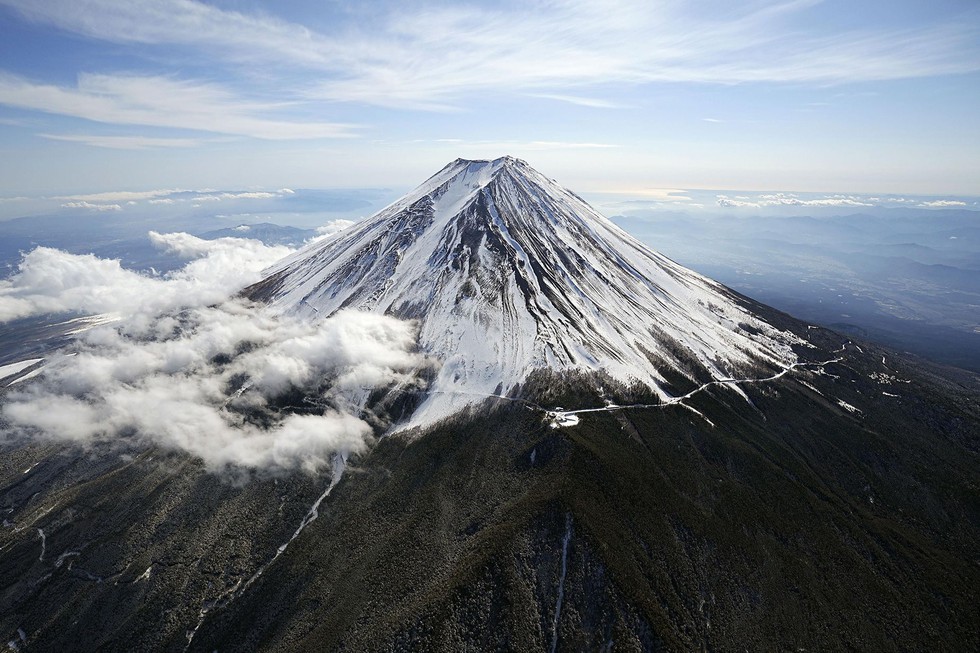
About Mount Fuji:
- Mount Fuji, also known as Fuji-san, is the highest mountain in Japan, standing at 3,776 meters.
- It is situated close to the Pacific coast in the Yamanashi and Shizuoka prefectures in the heart of the large island of Honshu, about 100km to the southwest of the Tokyo-Yokohama metropolitan area.
- Unlike other famous high-elevation mountains in the world, Mt. Fuji is not part of a large mountain range.
- It is a stratovolcanothat has been dormant since its last eruption in 1707 but is still generally classified as active by geologists.
- It has a prominent summit craterand is constructed from innumerable basaltic lava flows, each a few meters thick.
- It has a smooth slope and a wide, spreading base, creating a beautiful skyline as it narrows to a magnificent peak.
- It is said that the main cause of Mt. Fuji's volcanic activity is the Pacific Plate sinking under the bottom of the Philippine Plate.
- On the northern slopes of Mount Fuji lie the Fuji Five Lakes (Fuji Goko), comprising, east to west, Lake Yamanaka, Lake Kawaguchi, Lake Sai, Lake Shōji, and Lake Motosu, all formed by the damming effects of lava flows.
- Despite its active volcanic nature, Fuji’s summit is covered in snow most times of the year.
- The mountain is the major feature of Fuji-Hakone-Izu National Park, and it is at the centre of a UNESCO World Heritage site designated in 2013.
Prelims Pointers
Oct. 29, 2024
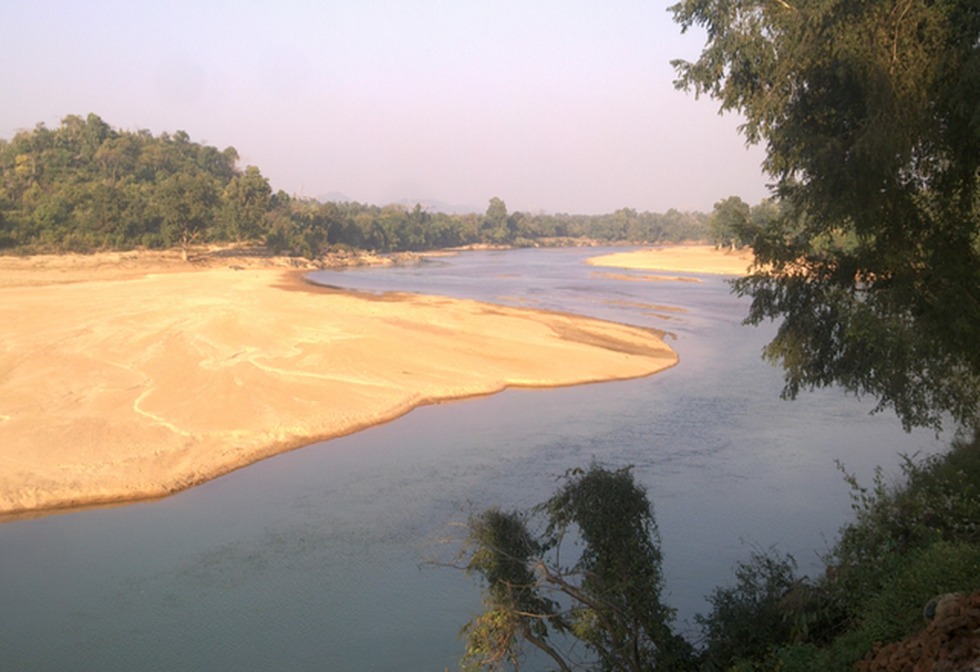
About Koel River:
- Koel River originates from the Palamau Tiger Reserve, Jharkhand, and flows in the western part of Palamu District.
- The river divides into two - the North Koel River and the South Koel River.
- The former river is tapped near Kutku for irrigation reasons and finally joins with the Son River.
- The latter one flows across the Indian state of Orissa near Rourkela, before merging with the Brahmani River.
- Flowing through the hilly terrain of Jharkhand and Odisha, the Koel River is part of the larger Damodar Valley region, known for its mineral-rich landscape.
- It is prone to seasonal flooding, particularly during the monsoon months.
- Hydropower Potential: The North Koel Dam, also known as the Mandal Dam, was constructed on the North Koel River in Jharkhand, intended to generate hydroelectric power and supply irrigation water.
Prelims Pointers
Oct. 29, 2024
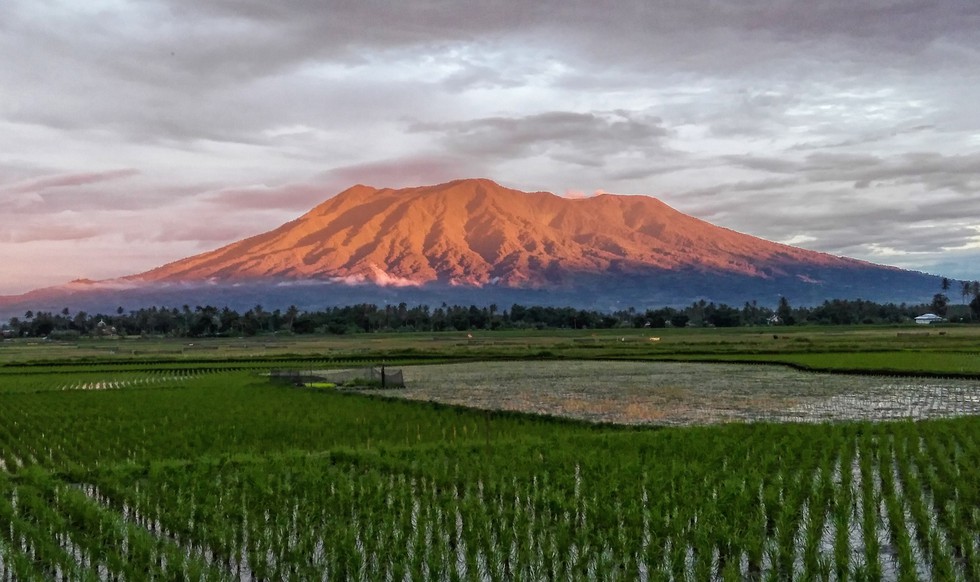
About Marapi Volcano:
- It is an active volcanolocated in the Padang Highlands of western Sumatra, Indonesia.
- The mountain is part of the Ring of Fire—a long, horseshoe-shaped, seismically active belt that rings the Pacific Ocean.
- The highest peak among several volcanoes in the highlands, Mount Marapi rises to 9,485 feet (2,891 meters) above sea level.
- It has steep slopes with dense vegetation on its lower flanks.
- Its summit contains the Bancah caldera, which has a diameter of 0.9 miles (1.4 km) and is characterized by a series of overlapping craters.
- Mount Marapi is often confused with a similar active volcano called Mount Merapi, which is located near the center of the island of Java, Indonesia.
- It has erupted 11 times during the early 21st century, with its deadliest single event having killed 60 people in 1979.
Prelims Pointers
Oct. 29, 2024

About Indian Cybercrime Coordination Centre (I4C):
- I4C has been established under the Ministry of Home Affairs (MHA) to deal with cybercrime in the country in a coordinated and comprehensive manner.
- The I4C focuses on tackling issues related to cybercrime for citizens, including improving coordination between variousLaw Enforcement Agencies (LEAs) and stakeholders.
- The centre is located in New Delhi.
- Functions:
- To act as a nodal point in the fight against cybercrime.
- Identify the research problemsand needs of LEAs and take up R&D activities in developing new technologies and forensic tools in collaboration with academia/research institutes within India and abroad.
- To prevent misuse of cyberspace for furthering the cause of extremist and terrorist groups.
- Suggest amendments, if required, in cyber lawsto keep pace with fast changing technologies and international cooperation.
- To coordinate all activitiesrelated to the implementation of Mutual Legal Assistance Treaties (MLAT) with other countries related to cybercrimes in consultation with the concerned nodal authority in MHA.
- Components of I4C:
-
- National Cybercrime Threat Analytics Unit (TAU):For reporting threats pertaining to cybercrimes at regular intervals.
- National Cybercrime Reporting Portal (NCRP):To report various cybercrime complaints by citizens at all India levels on a common platform on a 24x7 basis from “anywhere, anytime”.
- National Cybercrime Training Centre (NCTC):To impart training to government officials, especially state law enforcement agencies.
- National Cybercrime Research and Innovation Centre:To carry out research for the development of indigenous tools for the prevention of cybercrimes.
- Platform for Joint Cyber Crime Coordination Team:For coordination, sharing of modus operandi of cybercrimes, data/information among states/UTs LEAs.
- Cybercrime Ecosystem Management Unit: For creating mass awareness in cyber hygiene for prevention of cybercrimes.
- National Cybercrime Forensic Laboratory (Investigation) Ecosystem: For helping LEAs in cyber forensics investigation.
- I4C brings together academia, industry, public and government in the prevention, detection, investigation, and prosecution of cybercrimes.
- I4C has envisaged the Cyber Crime Volunteers Program to bring together citizens with passion to serve the nation on a single platform and contribute in fight against cybercrime in the country.
- Other Initiatives:
- Citizen Financial Cyber Fraud Reporting and Management System: For immediate reporting of financial cyber frauds and preventing the siphoning of funds by cyber criminals on a near-real-time basis.
- National Toll-Free Helpline number ‘1930’ has been operationalized to provide citizen assistance in lodging online cyber complaints.
- CyberDost handle on various social media platforms to generate cyber awareness among citizens.
Prelims Pointers
Oct. 29, 2024
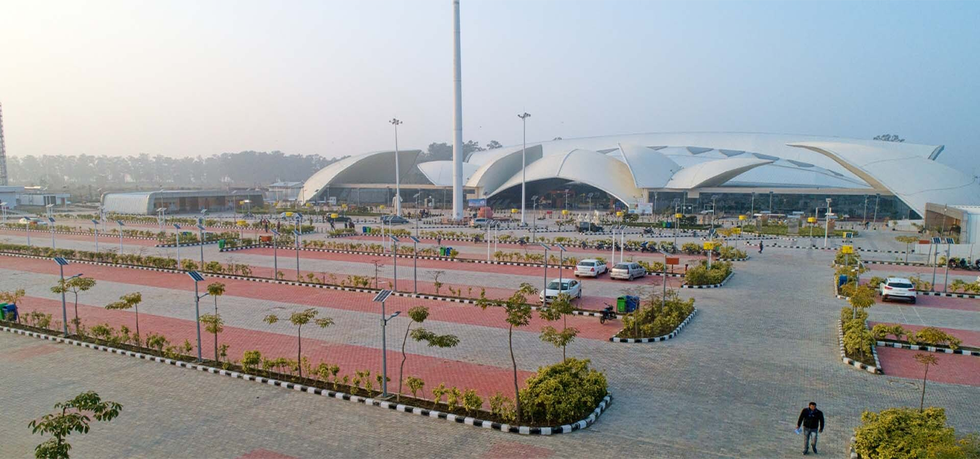
About Land Port Authority of India:
- It is an authority constituted under the Land Ports Authority Act, 2010.
- It was constituted for development and management of facilities for cross border movement of passengers and goods at designated points along the international borders of India.
- Mandate:It is responsible for creating, upgrading, maintaining and managing border infrastructure in India. It manages several Integrated Check Posts (ICPs) all across Borders of India.
- Composition
- Chairperson and Members are appointed by the Central Government.
- Tenure:Both Chairperson and Members have tenure for a period of five years from the date on which he assumes office and till he attains the age of sixty years, whichever is earlier.
- Functions:It is mandated to develop, sanitize and manage the facilities for cross border movement of passengers and goods at designated points along the international borders of India.
- Nodal ministry:Ministry of Home Affairs.
Key points about Petrapole
- Petrapole is the largest land port in South Asia and it is a vital gateway for trade and commerce between India and Bangladesh.
- It is also the eighth largest international immigration port of India, and facilitates the movement of over 23.5 lakh passengers annually between India and Bangladesh.
Prelims Pointers
Oct. 29, 2024

About Dyslexia:
- It is a learning disorder that involves difficulty reading due to problems identifying speech sounds and learning how they relate to letters and words (decoding).
- It is also called a reading disability, dyslexia is a result of individual differences in areas of the brain that process language.
- It is not due to problems with intelligence, hearing or vision.
- It is often misunderstood as the ‘slow-learner syndrome’.
- The exact cause of dyslexia isn’t clear. However, several clues hint at how and why most cases happen.
- Genetics: It is highly genetic and runs in families. A child with one parent with dyslexia has a 30% to 50% chance of inheriting it.
- Differences in brain development and function: Research shows people with dyslexia have differences in brain structure, function and chemistry.
- Disruptions in brain development and function: Infections, toxic exposures and other events can disrupt fetal development and increase the odds of later development of dyslexia.
- Specific Learning Disabilities, including dyslexia, were officially recognized under the Rights of Persons with Disabilities Act of 2016, which mandates equal opportunities in education, employment, and other aspects of life.
- The National Education Policy 2020 reinforces this mandate, emphasizing inclusive education from foundational to higher education levels. NEP 2020 reforms focus on early identification, teacher capacity building, and providing necessary support and accommodations to students.
Prelims Pointers
Oct. 29, 2024
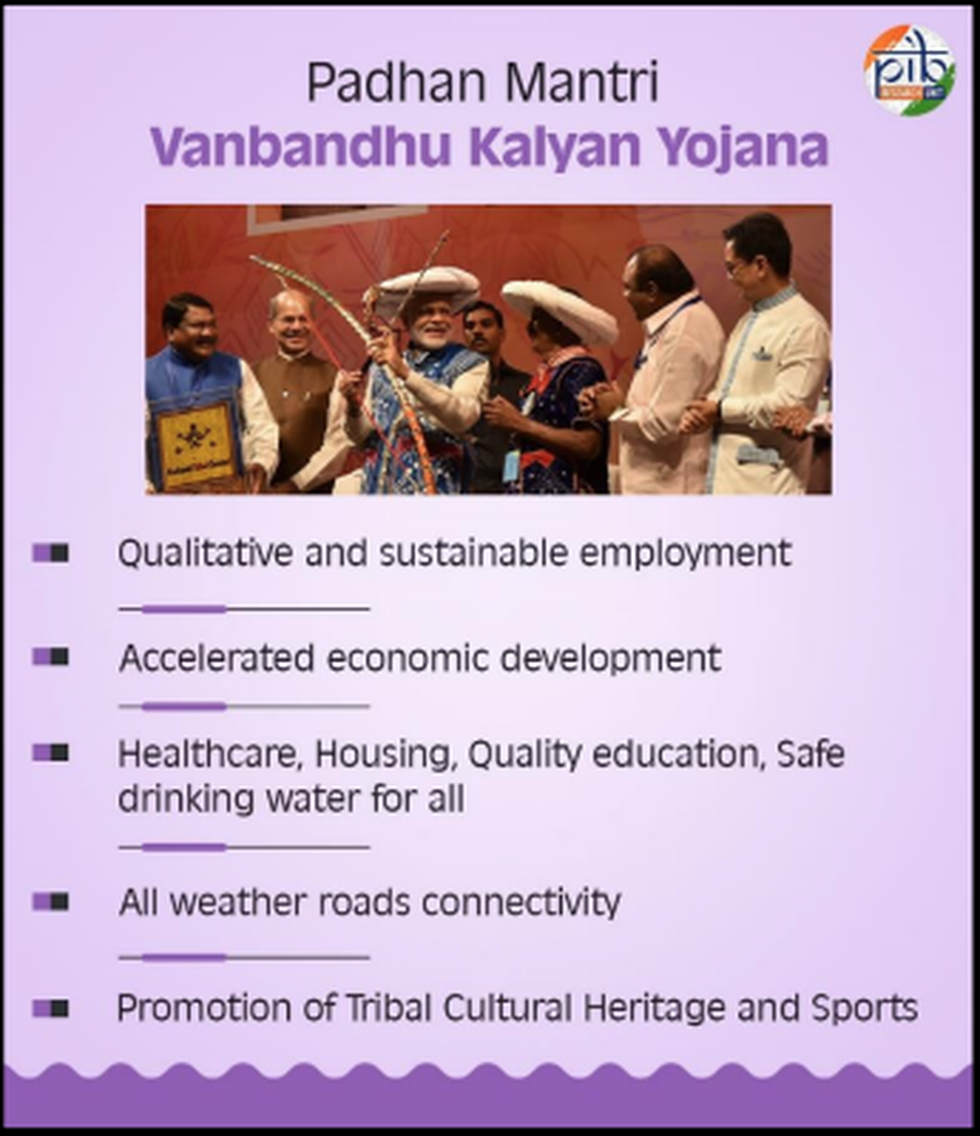
About Pradhan Mantri Vanbandhu Kalyan Yojana:
- It was launched on October 28, 2014.
- It aims to empower tribal communities in India, recognizing their historical neglect. The initiative not only provides financial assistance but also establishes a framework for sustainable development.
Six Key Steps Under PMVKY
- Pradhan Mantri Adi Adarsh Gram Yojana
- It revamps the existing Special Central Assistance to Tribal Sub-Plan, which focuses on integrated village development in 36,428 villages with significant tribal populations.
- It targets critical sectors such as road and telecom connectivity, education, health services, and sanitation, all of which aim to raise the living standards of tribal communities.
- Development of Particularly Vulnerable Tribal Groups (PVTGs)
- It is designed to ensure the socio-economic upliftment of the most marginalized tribal communities (PVTC families) while preserving their cultural heritage.
- The initiative provides financial support to state governments for tailored developmental activities in housing, health, and education sectors.
- The Pradhan Mantri PVTG Development Mission has been launched to enhance further living conditions and provide PVTG families with access to basic facilities.
- Under this mission 15,000 crore will be allocated over three years for essential amenities like secure housing, clean drinking water, sanitation, education, health, nutrition, and enhanced connectivity.
- Support to Tribal Research Institutes (TRI): It facilitates research and documentation efforts related to tribal communities. Financial assistance is allocated to state governments and UTs based on their proposals to strengthen the knowledge base concerning tribal cultures and challenges.
- Pre-Matric Scholarships: It caters to students in grades IX and X, the scholarship is available for students with a parental income of up to ₹2.50 lakhs, ensuring that financial constraints do not hinder educational advancement.
- Post-Matric Scholarships: It follows similar terms and conditions as the Pre-Matric scheme but caters to Scheduled Tribe students studying beyond class 10.
- Administrative Assistance for Project Management Units: The PMVKY also allocates funds to establish project management units within state governments, ensuring that schemes related to the welfare of Scheduled Tribes are effectively monitored and implemented.
Prelims Pointers
Oct. 29, 2024
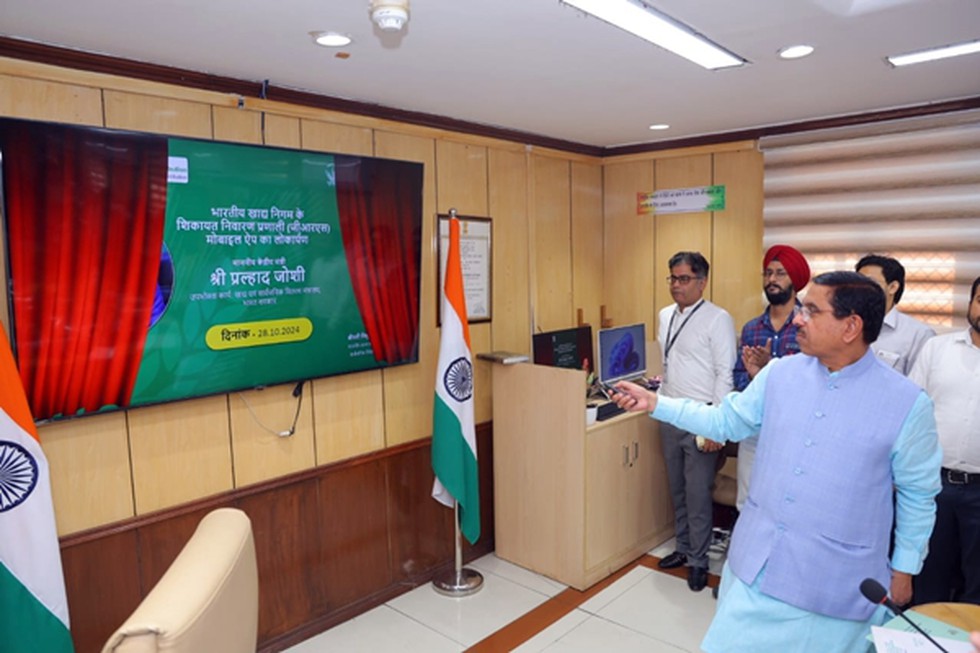
About FCI Grievance Redressal System App:
- It will facilitate rice millers in addressing their grievances with the FCI in an efficient and transparent manner.
- It is part of the Government’s ongoing efforts to harness technology for good governance.
- It aims to improve responsiveness and accountability by providing rice millers with a convenient platform to lodge complaints, monitor its status and receive responses on their mobile device in end-to-end digitized manner.
- Key Features of the App
- User-Friendly Grievance Submission: Millers can easily register their grievances on their mobile through a user-friendly interface, simplifying communication with FCI. They have to register only once and thereafter any number of grievances can be lodged wherein each grievance will have Unique Grievance ID.
- Real –Time Tracking: It offers real-time updates on grievance status, keeping millers informed and ensuring transparency.
- Automatic Assignment & Fast Resolution: Within FCI, once grievance is received, it will be automatically assigned to concerned Nodal Officers for further action. The App provides facility to Nodal Officer to either get grievance investigated by Quick Response Team or get feedback from the concerned Division.
- Geo-Fencing for Quick Response Teams (QRTs): Where grievance redressal involves visit to site by QRT team, the mobile application will capture the physical visit by the team members through the geo-fencing tool.
Prelims Pointers
Oct. 29, 2024
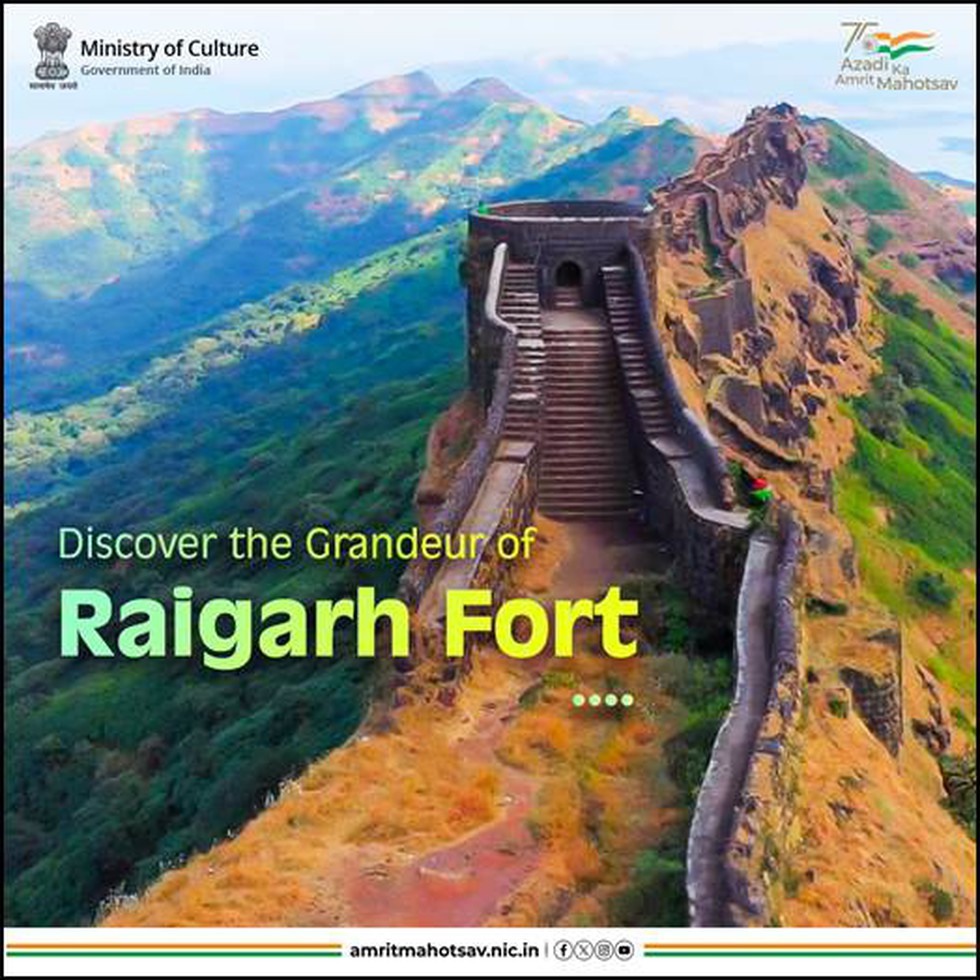
About Raigad Fort:
- It is a hill fort situated in the Raigad district, Maharashtra.
- It is surrounded by valleys shaped by the Kal and Gandhari rivers, stands as an isolated massif without connections to neighbouring hills.
- Grant Duff, a British historian of the Maratha period has drawn parallels between Raigad and the Rock of Gibraltar. He has gone to the extent of labelling Raigad as the Gibraltar of the east.
- History
- In 1653 CE, Raigad (then known as Rairi) was captured by the Maratha forces from the Mores'.
- Shivaji Maharaj assigned the work of reconstruction of the fort to Hiroji Indulkar.
- Subsquently, on 6th June, 1674 CE a grand coronation ceremony of Shivaji Maharaj was held on Raigad post, during which he attained the title of “Chhatrapati”.
- The fort served as the second capital of Chhatrapati Shivaji Maharaj and played an important role in the administration and expansion of the Maratha Kingdom.
- Features:
-
- There were two main gates both flanked by bastions, Nana Darwaza and Maha Darwaza.
- It is remarkable for magnificently designed gates, fortification walls and imposing monuments.
- Other structures within the fort are: Naqqar Khana, Sirkai Devi Temple, Jagadishwar Temple – a shrine dedicated to Lord Siva - including the Hall of Public Audience (Rajsadar), Royal Complex, Queens' palace Bazarpeth, Manore (pleasure pavilions), Wadeshwar Temple, Khublada Burj, Massid Morcha, Nanne Darwaza
- The Royal Complex: It includes Ranivasa, Rajsadar, Naqqarkhana, Mena Darwaza, and Palkhi Darwaja, is well-fortified and accessible only through three entrances: Naqqarkhana, Mena Darwaja, and Palkhi Darwaja. This fortified complex is commonly known as Balle Qilla (citadel).
- Rajsadar (Hall of Public Audience): This is where Shivaji Maharaj used to hold his court (darbar) to dispense justice on routine matters and to receive dignitaries and envoys. It is a rectangular structure facing east.
- Holicha Mal: It is located outside Naqqarkhana. It is a wide-open ground that was most likely used for the annual Holi festival.
- The fort of Raigad is part of the 12 forts nominated for UNESCO World Heritage under the title “Maratha Military Landscapes of India”.
Oct. 28, 2024
Prelims Pointers
Oct. 28, 2024
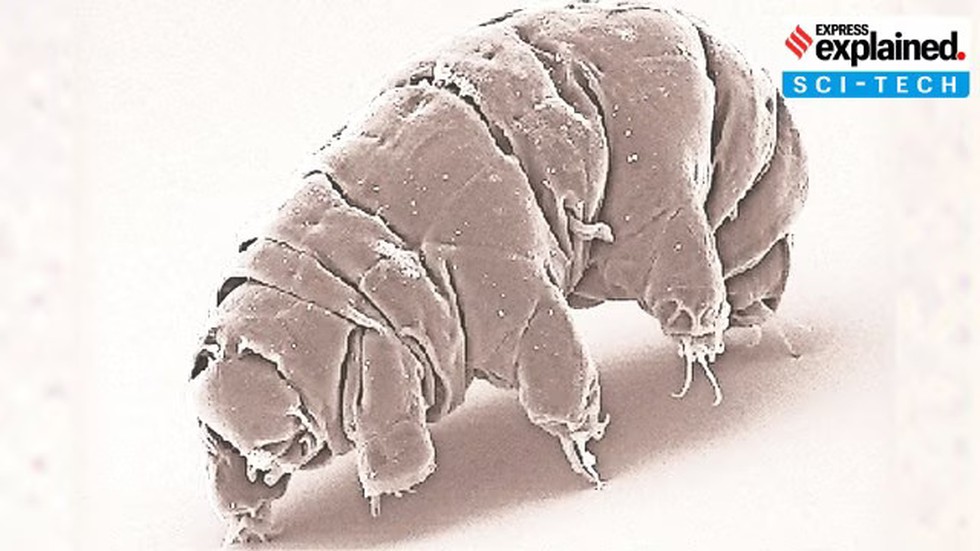
About Tardigrades:
- These are known as water bears or moss piglets, tardigrades have long fascinated scientists as they can withstand extreme conditions.
- They are free-living tiny invertebrates belonging to the phylum Tardigrada.
- Around 1,300 species of tardigrades are found worldwide.
- Habitat:
- They are considered aquaticbecause they require a thin layer of water around their bodies to prevent dehydration, they’ve also been observed in all kinds of environments, from the deep sea to sand dunes.
- Freshwater mosses and lichens are their preferred habitat, hence their nickname, moss piglet.
- Researchers found three factors that help this species survive radiation.
- It has ability to quickly repair double-strand breaks in DNA due to radiation exposure, by using a protein called TRID1.
- The second factor involved a gene that was switched on during exposure to radiation, resulting in the generation of two proteins that are known to be important for mitochondrial synthesis of ATP—in tardigrades, it appears they also help with DNA repair.
- It has ability to minimize damage from radiation by producing a large number of proteins that serve as effective antioxidants—they clear out free radicals before they can cause problems in the creature's cells.
- Significance: The findings could one day be harnessed to help protect astronauts from radiation during space missions, clean up nuclear pollution or improve cancer treatment, according to a report in Nature.
Prelims Pointers
Oct. 28, 2024
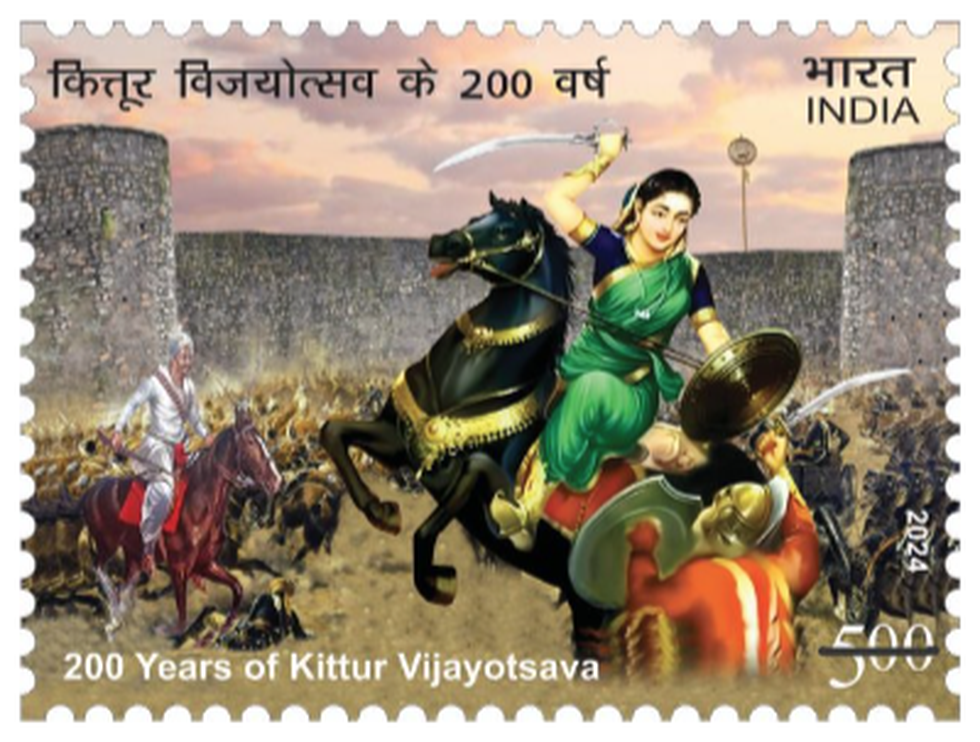
About Kittur Rani Channamma:
- She was born in Kakati, a small village in today’s Belagavi district of Karnataka.
- She became queen of Kitturu (now in Karnataka) when she married Raja Mallasarja of the Desai family.
- After Mallasarja’s death in 1816, his eldest son, Shivalingarudra Sarja, ascended the throne.
- Before his death in 1824, Shivalingarudra adopted a child, Shivalingappa, as the successor.
- However, the British East India Company refused to recognise Shivalingappa as the successor of the kingdom under the ‘doctrine of lapse’.
- Key facts about the Kittur Rebellion
- John Thackery, the British official at Dharwad, launched an attack on Kittur in October 1824.
- In this first battle British forces lost heavily and the Collector and political agent, St. John Thackeray was killed by the Kitturu forces.
- Two British officers, Sir Walter Elliot and Mr. Stevenson, were also taken as hostages.
- However, the British army again attacked the Kittur Fort and captured it.
- Rani Chennamma and her family were imprisoned and jailed at the fort in Bailhongal, where she died in 1829.
Prelims Pointers
Oct. 28, 2024
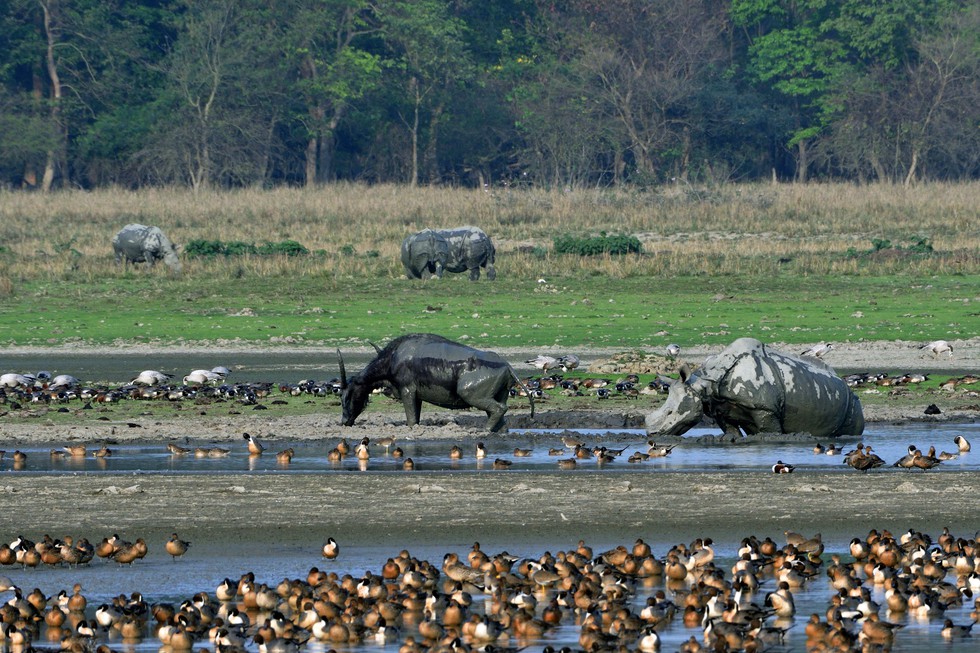
About Nature Conservation Index:
- It is developed by Goldman Sonnenfeldt School of Sustainability and Climate Change at Ben-Gurion University of the Negev.
- The NCI is a data-driven analysis assessing each country's progress in balancing conservation and development.
- It is aimed at helping governments, researchers, and organisations identify concerns and enhance conservation policies for long-term biodiversity protection.
- This is the first-ever edition of the index which ranks countries based on their efforts vis-à-vis four pillars:
- Managing protected areas, addressing threats against biodiversity, nature and conservation governance, and future trends in a country’s natural resource management.
- Highlights
- India’s rank at the bottom is mainly attributed to inefficient land management and rising threats to its biodiversity.
- The assessment highlighted multiple threats to India’s biodiversity, including habitat loss and fragmentation caused by agriculture, urbanisation and infrastructural development, with climate change posing an additional risk.
- The top-ranking countries were Luxembourg, Estonia, and Denmark, with others including Zimbabwe and Costa Rica finding their way into the top 10.
Prelims Pointers
Oct. 28, 2024
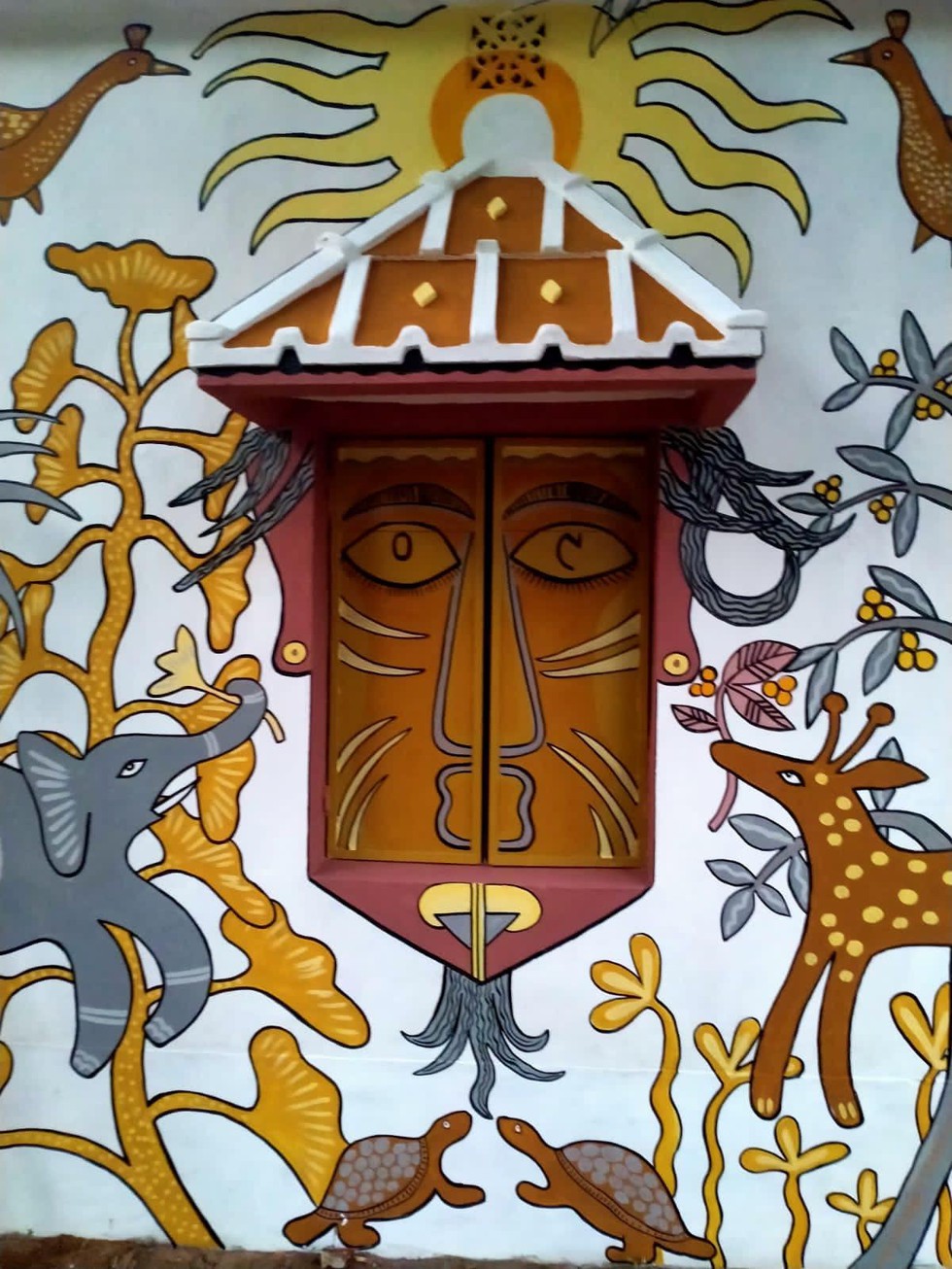
About Sohrai Painting :
- It is an indigenous mural art form.
- It is also interesting to note that the word ‘Sohrai’ comes from soro – translating to ‘to drive with a stick’.
- This art form dates back to the Meso-chalcolithic period (9000-5000 BC).
- The Isko rock shelter excavated in Barkagaon, Hazaribagh area also has rock paintings that are exactly similar to the traditional Sohrai paintings.
- Theme: It is usually based on natural elements of the universe, this includes forests, rivers, animals amongst others.
- These ancient paintings are made by tribal (Adivasi) women with the use of natural substances like charcoal, clay, or soil.
- The very primitive form of Sohrai art was in the form of cave paintings.
- It is practiced by indigenous communities, particularly in the States of Jharkhand, Bihar, Odisha, and West Bengal.
- It is the art of the women of the Kurmi, Santal, Munda, Oraon, Agaria, Ghatwal tribes.
- The region of Hazaribagh in Jharkhand that has received the GI tag for this art form.
- Sohrai paintings are distinctive for their vibrant colours, intricate patterns, and symbolic motifs;
- There is a Sohrai festival held every year, marking the harvesting season and the arrival of winter.
Prelims Pointers
Oct. 28, 2024
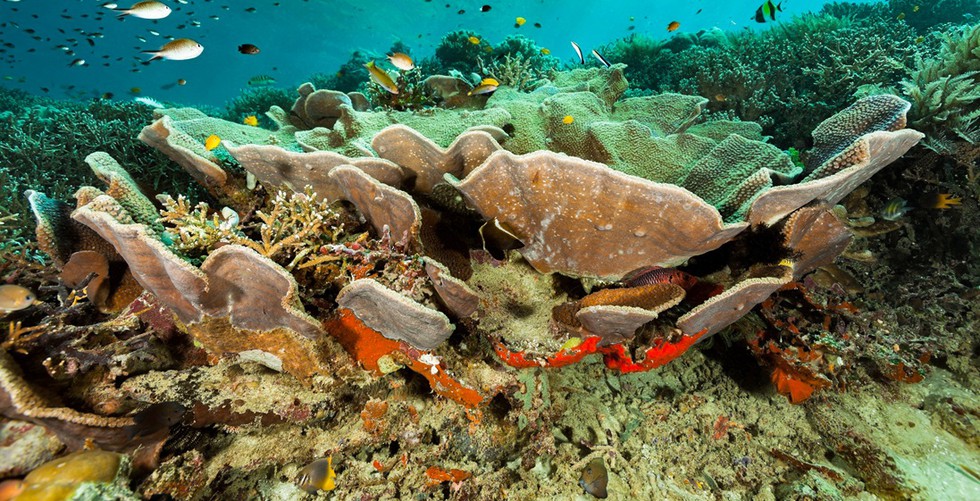
About Coral Triangle:
- The Coral Triangle, often referred to as the ‘Amazon of the seas’, is a huge marine area spanning over 10 million square kilometres.
- It includes countries like Indonesia, Malaysia, Papua New Guinea, Singapore, the Philippines, Timor-Leste, and the Solomon Islands.
- Significance: This region is home to 76 per cent of the world’s coral species and supports more than 120 million people who rely on its resources for their livelihoods.
- Threats: Unsustainable fishing practices, pollution from coastal development, and climate change-induced coral bleaching pose significant risks to the health and resilience of these ecosystems.
What are Corals?
- Corals are essentially animals, which are sessile, meaning they permanently attach themselves to the ocean floor.
- Corals share a symbiotic relationshipwith single-celled algae called zooxanthellae.
- The algae provide the coral with food and nutrients, which they make through photosynthesis, using the sun’s light.
- They use their tiny tentacle-like hands to catch food from the water and sweep into their mouth.
- Each individual coral animal is known as a polyp and it lives in groups of hundreds to thousands of genetically identical polyps that form a ‘colony’.
Prelims Pointers
Oct. 28, 2024

About Bordoibam-Bilmukh Bird Sanctuary:
- It is a small wetland located at the boundary of the Dhemaji and Lakhimpur districts of Assam.
- It covers an area of around 11.25 sq.km.
- It was in 1996 that the then government of Assam officially declared this region a wildlife sanctuary.
- It was part of the River Subansiri (tributary of Brahmaputra), which now flows 7 km away from the lake.
- The sanctuary experiences moist tropical climate with and receives about 2000mm rainfall every year.
- The vegetation of the sanctuary comprises of flooded valley grassland and wetland.
- A large number of migratory waterfowl are seen in winter while some globally threatened species such as the Spot-billed Pelican Pelecanus philippensis and Lesser Adjutant Leptoptilos javanicus are seen all over the year.
Prelims Pointers
Oct. 28, 2024
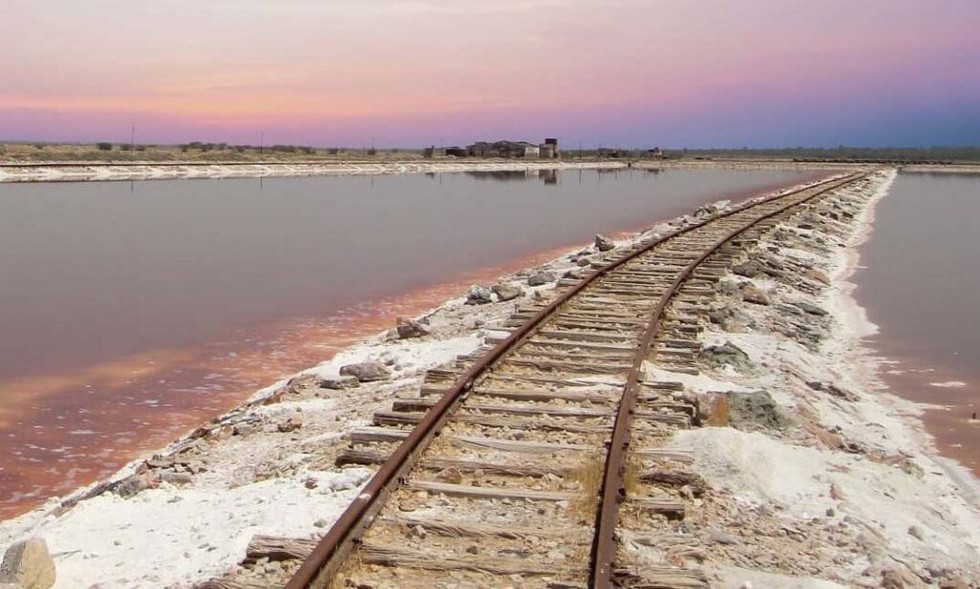
About Sambhar Lake:
- It is the largest saltwater lake in India.
- It is located in the districts of Nagaur and Jaipur in Rajasthan.
- This saline wetland is elliptical in shape, with a length of 35.5 km and a breadth varying between 3 km and 11 km.
- It covers an area in excess of 200 sq.km., surrounded on all sides by the Aravalli hills.
- The water from two major ephemeral streams, namely Mendha and Runpangarh, along with numerous rivulets and surface runoff feed the lake.
- It was designated as a Ramsar site in the year 1990.
- Several migrating birds visit the waterbody during the winter.
- Along with Phulera and Deedwana, the wetland is the most important wintering area for flamingoes (both Phoniconaias minor and Phoenicopterus roseus) in India outside the Rann of Kachchh.
- The other winged visitors to the area include pelicans, common shelduck, red shank, and common sandpiper, black-winged stilt, Kentish plover, and Ringed plover, Ruff, and Sociable lapwing.
- Sambhar Lake produces 2,10,000 tonnes of salt each year, placing Rajasthan among the top three salt-producing states of India.
Prelims Pointers
Oct. 28, 2024
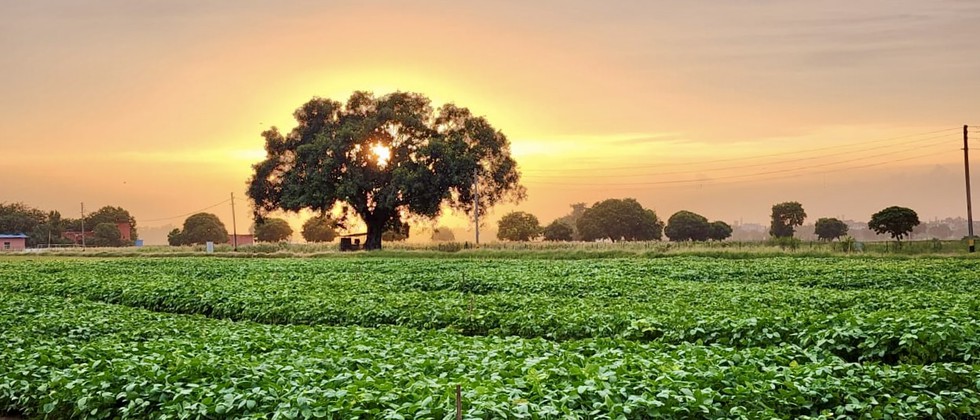
About Indian Council of Agricultural Research (ICAR):
- It is an autonomous organisation under the Department of Agricultural Research and Education (DARE), Ministry of Agriculture and Farmers Welfare, Government of India.
- Formerly known as the Imperial Council of Agricultural Research, it was established on 16 July 1929 as a registered society under the Societies Registration Act, 1860, in pursuance of the report of the Royal Commission on Agriculture.
- The Council is the apex body for coordinating, guiding, and managing research and education in agriculture, including horticulture, fisheries, and animal sciences, in the entire country.
- The ICAR has its headquarters in New Delhi.
- With 113 ICAR institutes and 74 agricultural universities spread across the country, this is one of the largest national agricultural systems in the world.
- The Union Minister of Agriculture is the President of the ICAR. The Principal Executive Officer of the ICAR is the Director-General, who is also the Secretary to the Government of India in the Department of Agricultural Research and Education.
Prelims Pointers
Oct. 28, 2024
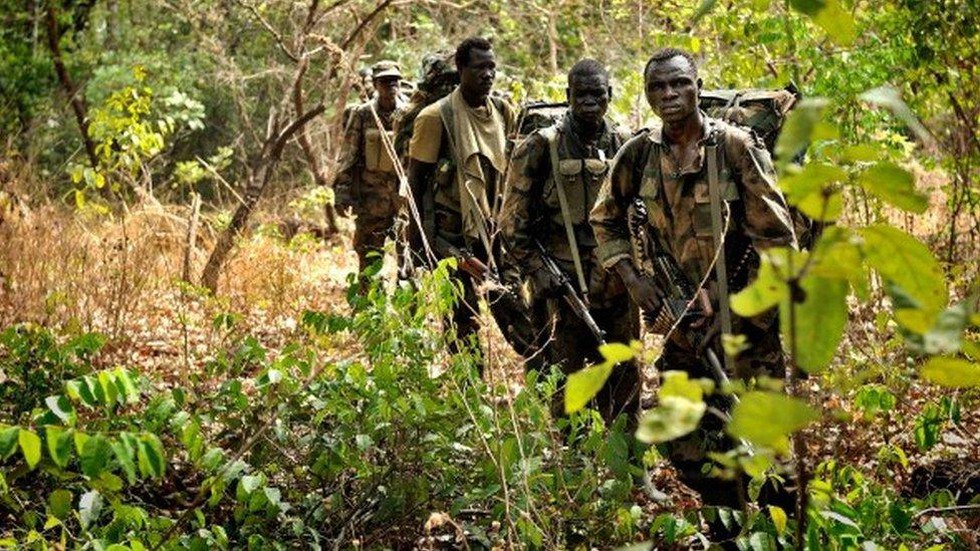
About Lord’s Resistance Army:
- It is a Ugandan rebel group currently operating in the border region of the Democratic Republic of the Congo (DRC), the Central African Republic (CAR), and South Sudan.
- It was established by Joseph Kony in 1988 with the claim of restoring the honor of his ethnic Acholi people and to install a government based on his personal version of the Ten Commandments.
- It has been one of central Africa’s cruelest and most enduring armed groups over the past 30 years.
- The LRA has abducted over 67,000 youth, including 30,000 children, for use as child soldiers, sex slaves, and porters, and has brutalized communities since its inception in 1987.
- It was designated as a terrorist group by the United States and prompted the first ever set of arrest warrants by the International Criminal Court (ICC) against the LRA’s leader, Joseph Kony, and other top commanders.
- The group draws income from elephant ivory, gold, and diamonds and has received support from the Government of Sudan since 1994.
Prelims Pointers
Oct. 28, 2024
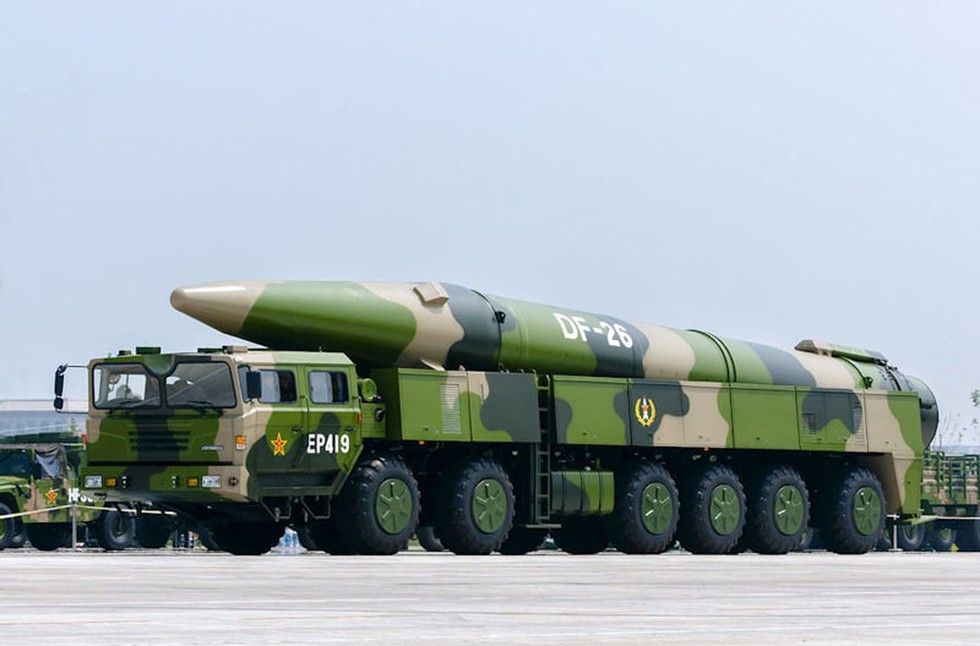
About DF-26 Missile:
- DF-26 (Dong Feng-26) is a Chinese intermediate-range ballistic missile (IRBM).
- It possesses the capability to strike both land-based and maritime targets.
- Features:
- The missile measures 14 m long, 1.4 m in diameter, and has a launch weight of 20,000 kg.
- Propulsion: Two-stage solid propellant
- It is capable of reaching targets at a range of approximately 3,000-4,000 kilometers (1,860-2,485 miles).
- The DF-26 comes with a ‘modular design,’ meaning that the launch vehicle can accommodate two types of nuclear warheads and several types of conventional warheads.
- It is known for its advanced guidance systems, including the ability to adjust its trajectory during flight, making it highly maneuverable.
- The DF-26 missile is recognized for its anti-ship variant, commonly referred to as the DF-26B. This variant is specifically designed to target naval vessels, including aircraft carriers.
Oct. 27, 2024
Prelims Pointers
Oct. 27, 2024
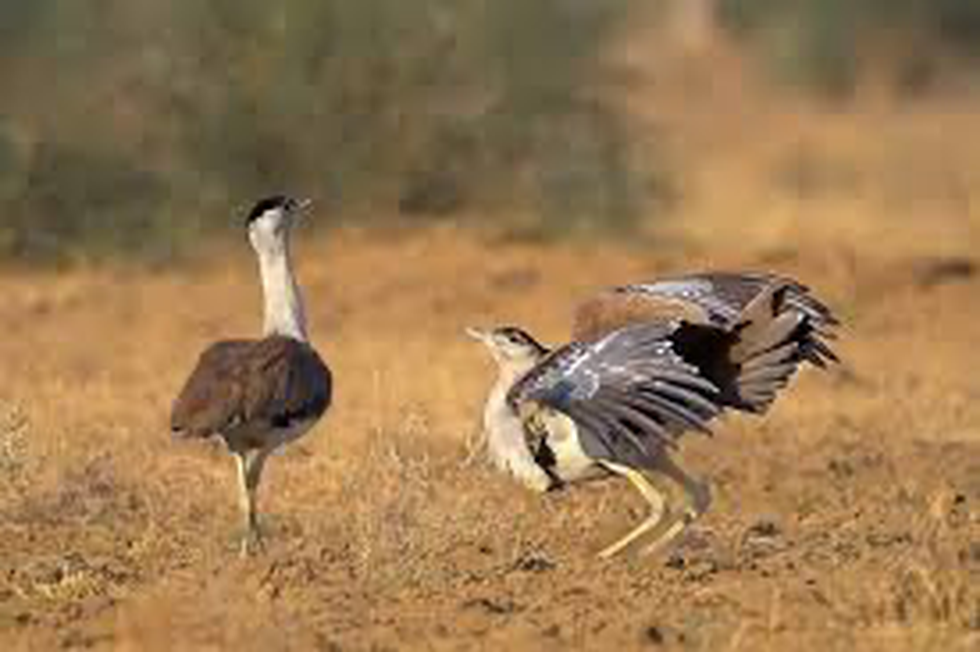
About Great Indian Bustard:
- It is a bustard found on the Indian subcontinent.
- It is among the heaviest of the flying birds.
- Habitat: It inhabits dry grasslands and scrublands.
- Distribution: It is found mainly in the Thar Desert of Rajasthan that holds about 100 individuals. Also found in the arid regions of Maharashtra (Solapur), Karnataka (Bellary and Haveri) and Andhra Pradesh (Kurnool)
- Features:
- It is a large bird with a horizontal body and long, bare legs, giving it an ostrich-like appearance.
- The sexes are roughly the same size, with the largest individuals weighing 15 kg (33 pounds).
- It can easily be distinguished by its black crown on the forehead, contrasting with the pale neck and head.
- The body is brownish, and the wings are marked with black, brown, and grey.
- They breed mostly during the monsoon season, when females lay a single egg on open ground.
- Lifespan: 12-15 years
- These birds are opportunistic eaters. Their diet ranges widely depending on the seasonal availability of food. They feed on grass seeds, insects like grasshoppers and beetles, and sometimes even small rodents and reptiles.
- Conservation Status:
- IUCN: Critically Endangered
- Wildlife (Protection)Act, 1972: Schedule 1
- CITES: Appendix 1
Prelims Pointers
Oct. 27, 2024

About Flue Gas Desulphurisation:
- It is a technology to eliminate sulphur compounds from exhaust emissions.
- Flue gas is the emitted material produced when fossil fuels such as coal, oil, natural gas, or wood are burned for heat or power.
- FGD Process:
- FGD is done through the addition of absorbents, which can remove up to 95% of the sulphur dioxide from the flue gas.
- Substances such as ammonia or sodium sulphite are used as absorbents; however, the use of lime or limestone slurry (wet limestone scrubbing) is also widespread.
- The uncleaned flue gas is sprayed in a scrubber tower (absorber tower) with a mixture of water and limestone (scrubbing slurry), whereby most of the sulphur dioxide is bonded by chemical reaction.
How Sulfur dioxide impacts life?
- Sulfur dioxide is a major air pollutant which impacts all life.
- It is also a precursor of acid rain, which has significant adverse impacts on forests, freshwaters, and soils, in turn killing insect and aquatic life forms, causing paint to peel, corrosion of steel structures such as bridges, and weathering of stone buildings and statues.
Prelims Pointers
Oct. 27, 2024

About Cybersquatting:
- It is an act of registering or using a domain name to profit from a trademark, corporate or personal name of an individual.
- Usually, cybersquatting is seen as a form of extortion or even as an attempt to take over business from its rival.
- Types of Cybersquatting
- Typo squatting: These domains are bought with typological errors in the names of well-known brands. Examples of such misspelled domains are yajoo.com, facebok.com etc. The intention behind this act is to divert the target audience whenever they misspell a domain name.
- Identity theft: In cases pertaining to identity theft, the website of an already existing brand is copied with the intention of confusing the target consumer.
- Name jacking: It involves impersonating a well-known name/ celebrity in cyberspace. Instances of name jacking would include creating fake websites/ social media accounts with a celebrity’s name.
- Reverse cybersquatting: It means an event whereby a person/s falsely claims a trademark as their own and falsely accuses the domain owner of cybersquatting. In essence, this act is the opposite of cybersquatting.
- In India, there are no specific laws that condemn, prohibit or penalize the act of cybersquatting.
- However, domain names are considered as trademarks under the Trademark Act, 1999. Hence, any person who starts using an identical/similar domain name will be held liable for trademark infringement as described under Section 29 of the Trademark Act, 1999.
Prelims Pointers
Oct. 27, 2024
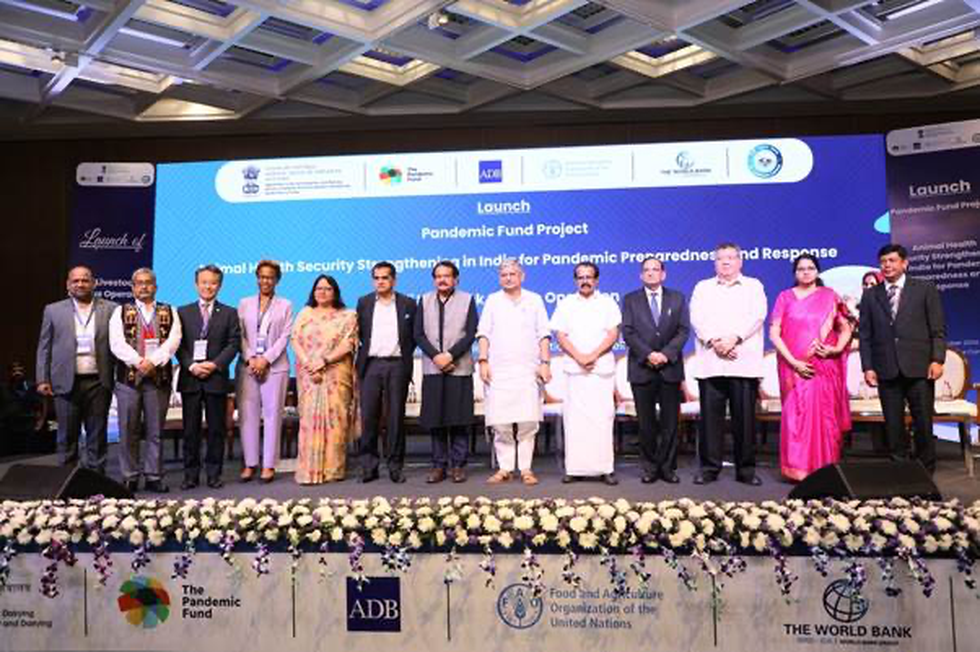
About Pandemic Fund Project:
- It is a $25 Million initiative funded by the G20 Pandemic Fund.
- It is designed to enhance the country’s “animal health security” by upgrading and expanding animal health laboratories and developing laboratory networks.
- Implementation partners: The fund is to be implemented in partnership with the Asian Development Bank (ADB), the World Bank and the Food and Agriculture Organization (FAO) and to be utilised by August 2026.
- The Fund supports the existing initiatives of the department through enhancing disease surveillance, including genomic and environmental surveillance for early warning, laboratory infrastructure development, cross-border collaboration and will create a more integrated system for monitoring and managing “zoonotic” diseases.
- The Fund is also aimed at developing human capacity-building initiatives to enhance the skills and capabilities of animal health human resources.
- It will also be used to upgrade data management systems, and enhancing analytics capabilities will enable better risk assessment, improved decision-making and more effective communication strategies related to animal health risks.
- The project hopes to strengthen institutional capacity at both national and regional levels by supporting the development of a disaster management framework for the livestock sector.
Prelims Pointers
Oct. 27, 2024

About 21st Livestock Census:
- The Livestock Census is conducted every five years.
- The census carries out a headcount of the number of domesticated animals, poultry, and stray animals in the country.
- The census takes into account information about the species, breed, age, sex, and ownership status of the animals in question.
- Background: Since 1919, a total of 20 livestock censuses have been carried out so far, with the last being conducted in 2019.
- The enumeration process for the 21st census will take place between October 2024 to February 2025.
- Focus of 21st Livestock Census
- According to the Department of Animal Husbandry and Dairying, information on sixteen animal species will be collected in the 21st census. These include: cattle, buffalo, mithun, yak, sheep, goat, pig, camel, horse, ponies, mule, donkey, dog, rabbit, and elephant.
- In total, the census will capture information on 219 indigenous breeds of these sixteen species recognised by ICAR-National Bureau of Animal Genetic Resources (NBAGR).
- Besides these, the census will also carry out a headcount of poultry birds such as fowl, chicken, duck, turkey, geese, quail, ostrich, and emu.
- The census this time will be fully digitised, like the last one in 2019.
- This will include “online data collection through a mobile application, monitoring at various levels through a digital dashboard, capturing the latitude and longitude of data collection location, and generation of livestock census report through software.
- The 21st census will capture several new data points. These include:
- Data on pastoral animals, pastoralists: The census will, for the first time, collect data on the contribution of pastoralists to the livestock sector, their socio-economic status, and livestock holding.
- More details, granular information: The census will find out the proportion of households whose major income comes from the livestock sector. It will also contain data on the gender of stray cattle.
Prelims Pointers
Oct. 27, 2024

About Abhay Anti-Submarine Warfare Shallow Water Craft (ASW SWC):
- It is built by India's leading shipbuilding and repairing company, Garden Reach Shipbuilders & Engineers (GRSE).
- This vessel is the seventh in an eight-ship ASW SWC series, an initiative from a 2019 contract between the Ministry of Defence (MoD) and GRSE.
- These ships are being designed with over 80 percent indigenous content.
- Designed for anti-submarine operations in coastal waters, these advanced craft are also capable of Low-Intensity Maritime Operations (LIMO) and mine-laying activities, enhancing the Navy’s operational reach and defensive capabilities along India’s coastlines.
- These 77-meter-long, 10-meter-wide warships are engineered for powerful subsurface surveillance in coastal waters.
- They can track various surface and underwater targets and conduct coordinated anti-submarine operations with aircraft.
- The ASW SWCs are compact, waterjet-propelled vessels capable of reaching speeds up to 25 knots, providing agility and swift response in tactical situations.
- Equipped with an advanced anti-submarine warfare suite, these ships carry lightweight torpedoes, ASW rockets, and mines, making them formidable assets for coastal defence.
- They are armed with a 30 mm Close-in Weapon System (CIWS) and 12.7 mm Stabilized Remote-Control Guns, ensuring a robust defence against aerial and surface threats.
- The ships are fitted with a Hull-Mounted Sonar and Low-Frequency Variable Depth Sonar for comprehensive underwater surveillance, enhancing their detection and engagement capabilities in anti-submarine operations.
Prelims Pointers
Oct. 27, 2024
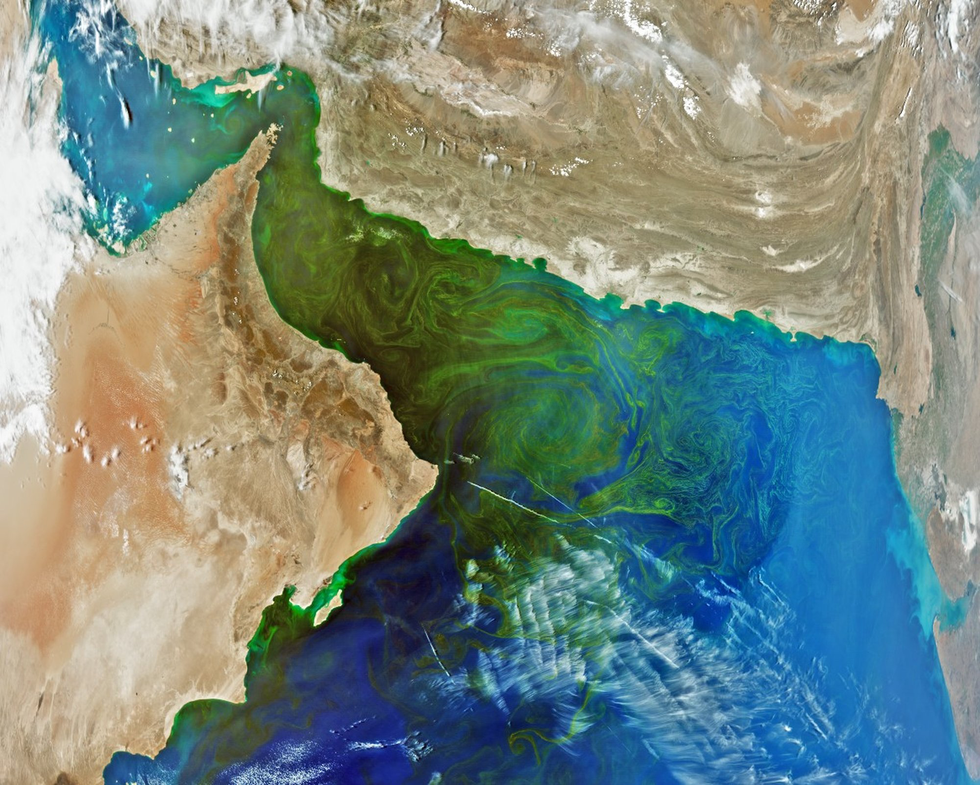
About Gulf of Oman:
- The Gulf of Oman, also known as the Gulf of Makran, is the western extension of the Arabian Sea and lies in the Middle East.
- It forms the only entrance to the Persian Gulf from the Indian Ocean.
- The Gulf connects the Arabian Sea with the Strait of Hormuz, which then empties into the Persian Gulf.
- It was part of an ancient trade route linking the Arabian Sea to the Persian Gulf, which enabled maritime trade between civilisations of the Indian Subcontinent. The Middle East and the Mediterranean.
- Bordering Countries: It is bordered by Pakistan and Iran in the north; by the United Arab Emirates (UAE) in the west; and by Oman in the south.
- Muscat, the capital of Oman, is located on the coast of the gulf.
- It is about 320 km wide at its widest point between Cape al-Hadd in Oman and the Gwadar Bay on the Iran-Pakistan border. It narrows to 35 miles (56 km) at the Strait of Hormuz.
- It is approximately 560 km long.
- The gulf is relatively shallow because of its origin as a fissure in the mountain spine now divided between Iran and Oman.
- Some of the significant islands that are located in the Gulf of Oman include Sheytan Island, Al Fahal Island, Dimaniyat Islands, and the Sawadi Islands.
- The major international shipping ports that are situated in the Gulf of Oman include Port Sultan Qaboos Muttrah in Muscat, Oman; Chabahar Port in Iran; the Port of Fujairah; and Khor Fakkan Container Terminal in the UAE.
- Roughly one-third of the world's oil is exported via the Strait of Hormuz and the Gulf of Oman.
Prelims Pointers
Oct. 27, 2024
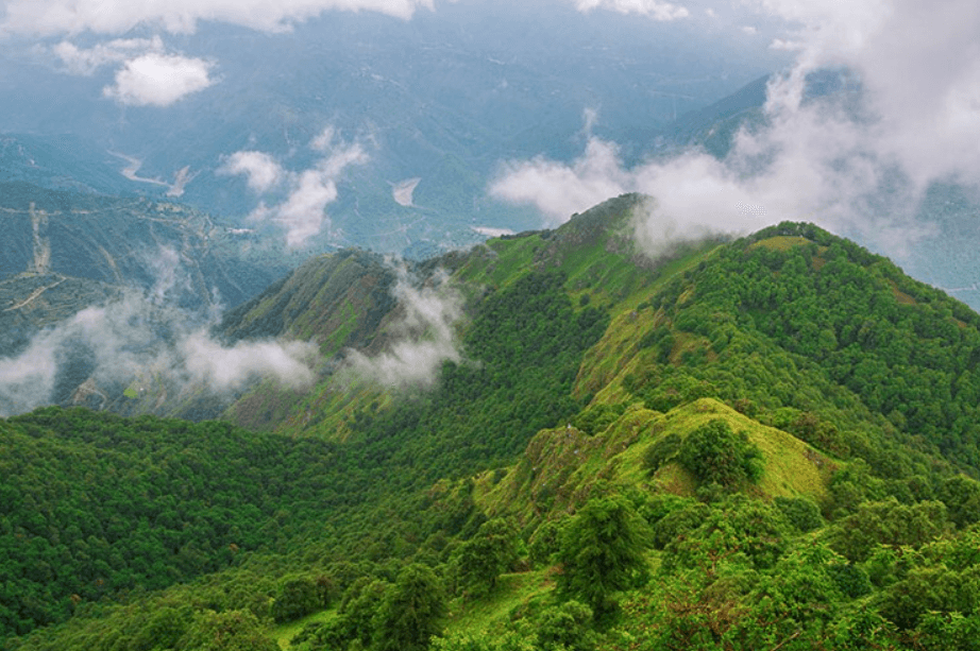
About Benog Wildlife Sanctuary:
- Location: It is situated about 11 kilometers from Mussoorie, a popular hill station in the Garhwal region of Uttarakhand.
- It was established in the year 1993 and is named after the highest peak in the area, Benog Hill, which rises to a height of 2,250 meters above sea level.
- It is a part of Rajaji National Park.
- It is located on a pine-clad slope and is surrounded by snow capped peaks of the Himalayan ranges.
- Aglar River, a tributary of the Yamuna River flows through the sanctuary.
- Flora:
- It is home to a variety of plant species, including oak and rhododendron forests.
- It is surrounded by benedictory pines, old cedar trees, and medicinal plants that grow in large amounts in this area.
- Fauna:
- It is home to a variety of rare and common fauna, like the Himalayan goat, panther, leopard, deer, and bear.
- The place is known for the rare species of birds that habitat in its area. The sanctuary is home to several species of exotic birds, such as the White Capped Water Redstart and the Red Billed Blue Magpie, to name a few.
Prelims Pointers
Oct. 27, 2024
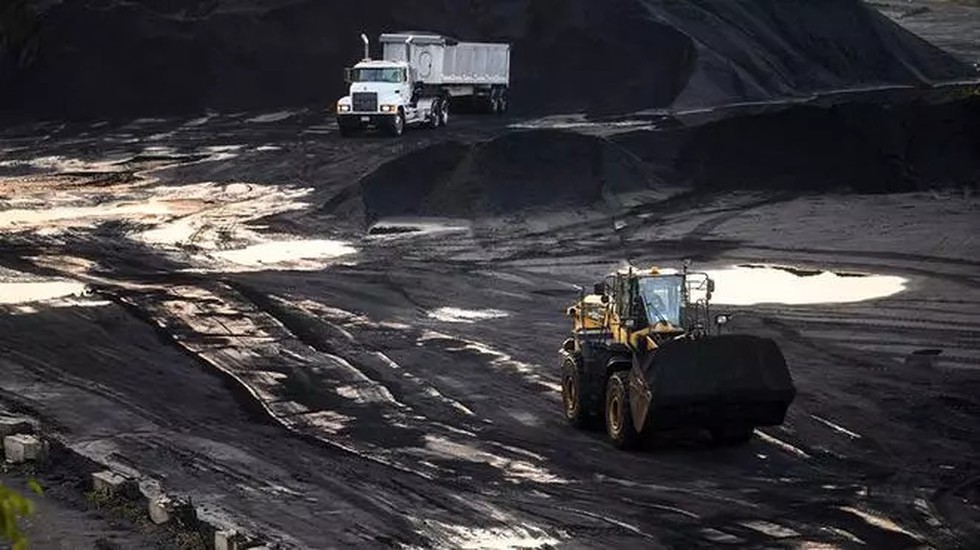
About Coking Coal:
- Metallurgical coal, also known as met and coking coal, is a naturally occurring sedimentary rock found within the earth’s crust.
- It typically contains more carbon, less ash, and less moisture than thermal coal, which is used for electricity generation.
- It is an essential ingredient in the production of steel, making it one of the most widely used building materials on earth.
- It is a bituminous coal with a suitable quality that allows the production of metallurgical coke, or simply named coke.
- Coke is the main product of the high-temperature carbonisation of coking coal.
- It is an essential input material in steelmaking as it is used to produce pig iron in blast furnaces, acting as the reducing agent of iron ore and as the support of the furnace charge.
- It takes around 770 kilograms of coal to make one ton of steel, with approximately 70 percent of global steel produced in basic oxygen blast furnaces.
- The largest producers of coking coal were China (676 million tons in 2022-62%), Australia (169 million tons in 2022-15%), Russia (96 million tons in 2022-9%), USA (55 million tons-5%), and Canada (34 million tons-3%).
Prelims Pointers
Oct. 27, 2024
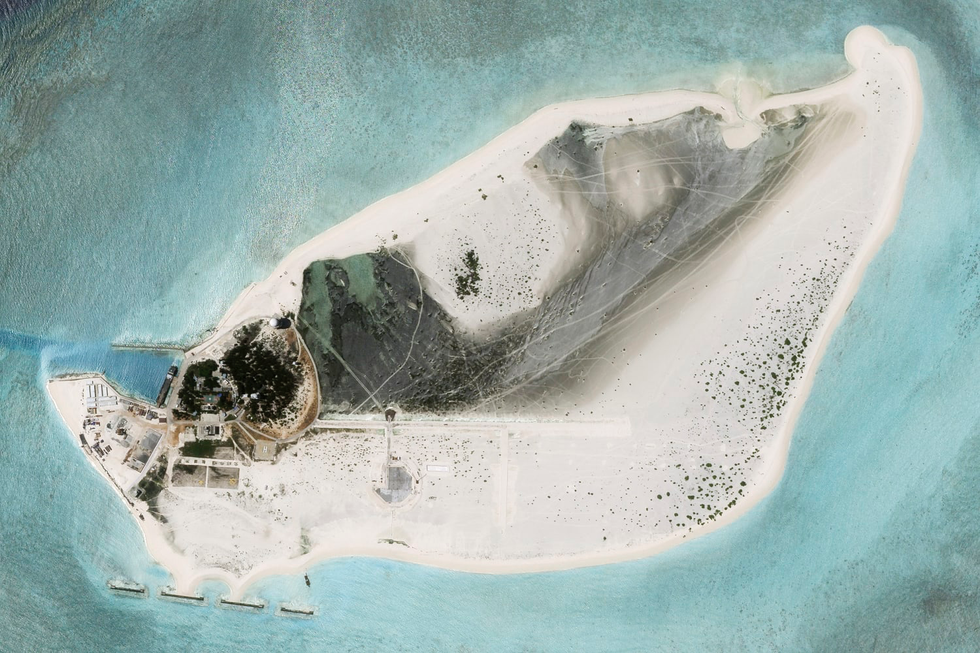
About Triton Island:
- It is a tiny island that’s part of the Paracel Islands chain located in the South China Sea.
- It covers a tiny area of about 1.2 square kilometers and is situated southwest of the main islands in the group.
- The island is approximately 4,000 feet long by 2,000 feet wide and, until recently, was completely uninhabited.
- The Paracel Islands are claimed by multiple countries, primarily China, Vietnam, and Taiwan, as part of their territorial waters, making the region politically sensitive.
- Although Triton Island is uninhabited, it plays a strategic role due to its location in the South China Sea, an area known for its rich fishing grounds and potential oil and gas reserves.
Key Facts about South China Sea:
- It is an arm of the western Pacific Ocean that borders the Southeast Asian mainland.
- Boundaries: It is bordered by China, Taiwan, the Philippines, Malaysia, Indonesia, Brunei, and Vietnam.
- It is connected by the Taiwan Strait with the East China Sea and by the Luzon Strait with the Philippine Sea (both marginal seas of the Pacific Ocean).
- The South China Sea and the East China Sea together form the China Sea.
- The two major archipelagos are known as the Paracel Islands, controlled by China, and the Spratly Islands.
- Climate: Weather in the sea is tropical and largely controlled by monsoons.

